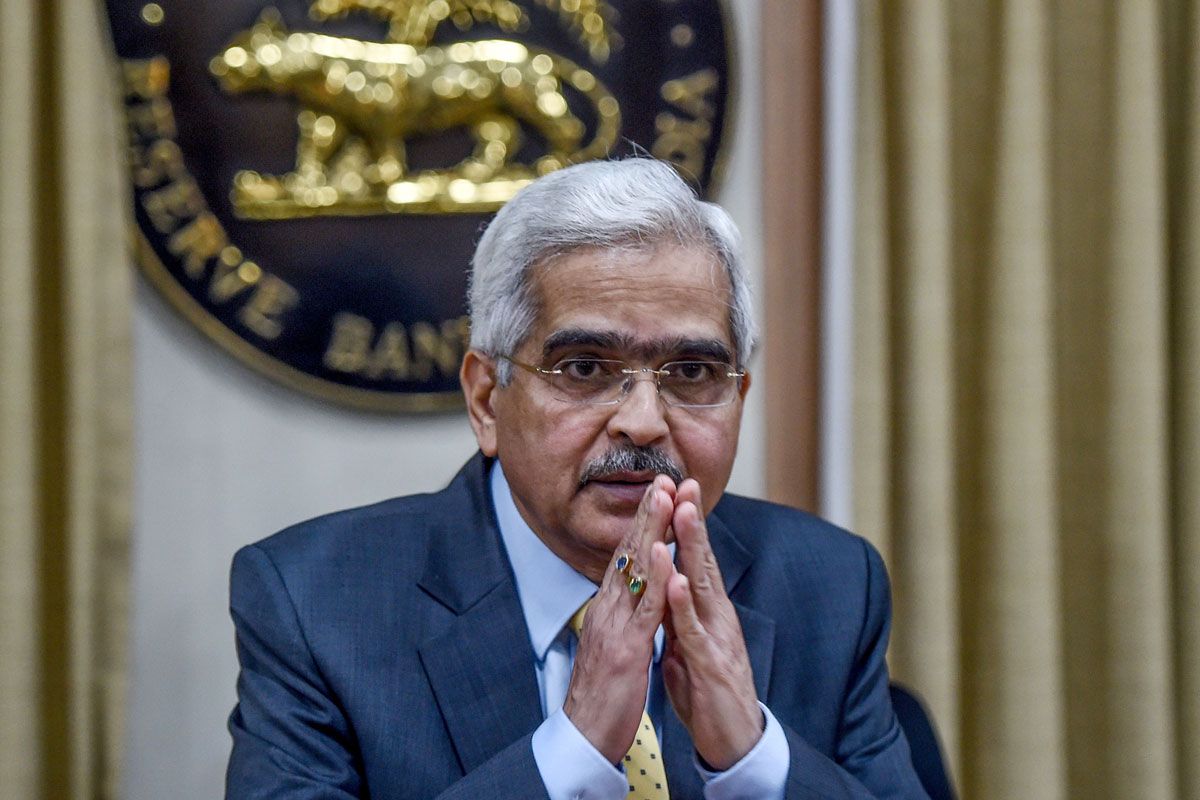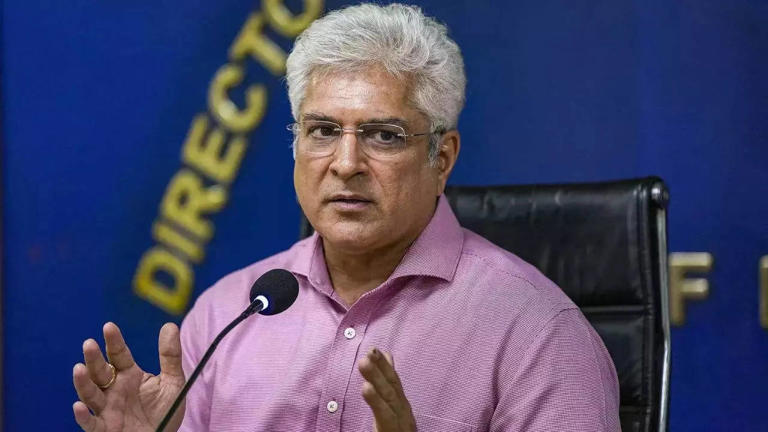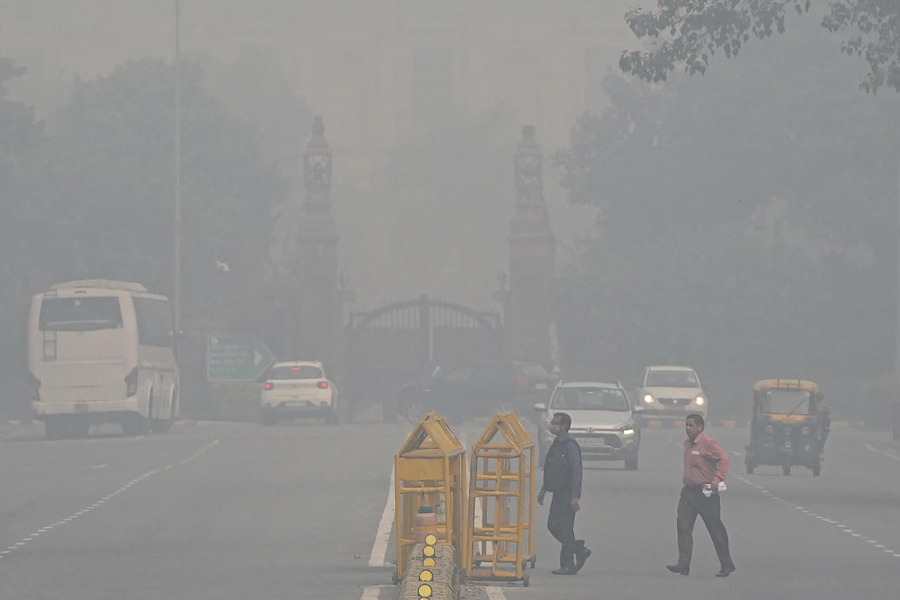Home / World / Alaska Plane Crash Results in 10 Fatalities: Third Major Aviation Incident in Just 8 DaysA tragic plane crash in Alaska has claimed 10 lives, representing the third significant aviation disaster in the United States within a mere eight-day timeframe.
Alaska Plane Crash Results in 10 Fatalities: Third Major Aviation Incident in Just 8 DaysA tragic plane crash in Alaska has claimed 10 lives, representing the third significant aviation disaster in the United States within a mere eight-day timeframe.
By: My India Times
4 minutes readUpdated At: 2025-02-08
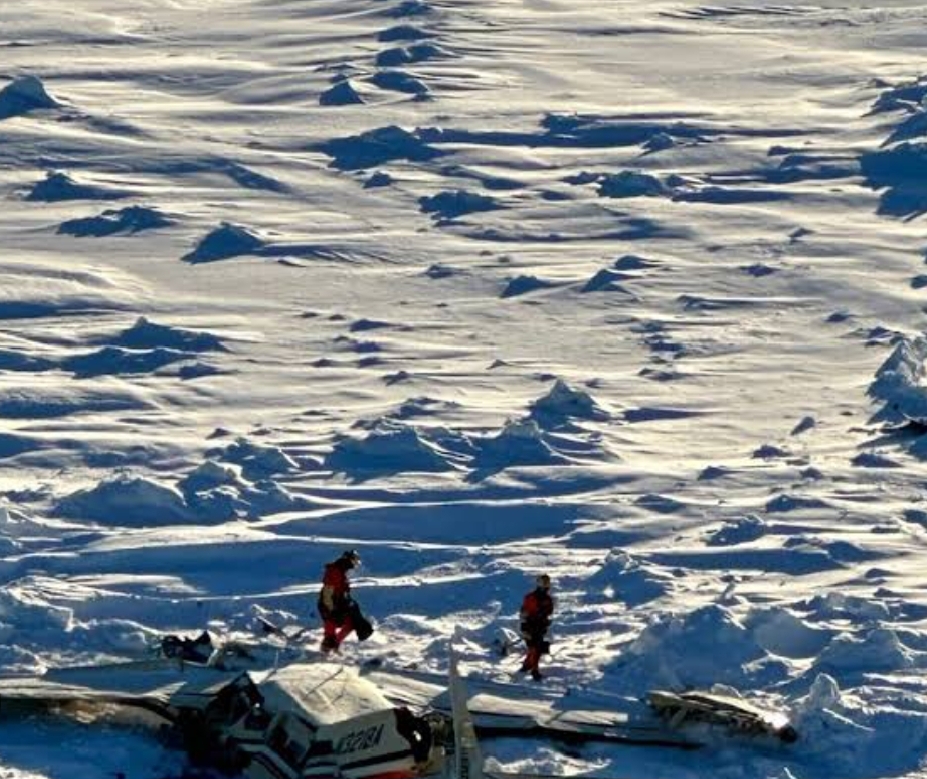
A tragic plane crash in Alaska has claimed 10 lives, representing the third significant aviation disaster in the United States within a mere eight-day timeframe. On February 6, a Bering Air flight went off radar, prompting a comprehensive search operation. Tragically, rescue teams later located the wreckage, confirming that none of the passengers had survived.
Search Operations and Discovery
The aircraft, which had been unaccounted for several hours, was found on February 9, buried under snow in the wilderness of Alaska. The search and recovery teams, which included personnel from the U.S. Coast Guard, worked diligently to determine the crash site approximately 12 miles from the coastline. The wreckage was discovered after several helicopters scoured the snowy terrain.
Lieutenant Commander Mike Selnick of the United States Coast Guard confirmed that three bodies were located inside the aircraft, while the remains of the other victims were retrieved from the surrounding wreckage. “We extend our sincerest condolences to the families of the victims,” said Selnick. “While we are in the process of identifying all individuals on board, the families of the deceased have been informed.”
The Final Moments of the Flight
The ill-fated flight took off from Unalakleet, Alaska, at 2:37 PM on February 6. However, contact with the aircraft was lost shortly after takeoff, approximately 12 miles from the coastline. An immediate search operation commenced, involving both ground crews and aerial assistance to locate the plane’s last known position.
Bering Air, the operator of the flight, issued an official statement acknowledging the unfortunate incident. According to the airline’s director, David Olson, preliminary findings indicate that the plane encountered technical issues mid-air, resulting in a reduction of altitude and speed preceding the fatal crash.
Initial data suggests that an anomaly disrupted the flight of the aircraft, resulting in an unexpected descent,” Olson stated. “Our deepest sympathies are with the families during this challenging period, and we are fully cooperating with the investigation.”
A Nation in Mourning: The Third Incident in Eight Days
This crash in Alaska is the latest in a sequence of tragic air incidents in the U.S., marking the third significant aviation tragedy in eight days. On January 29, a collision involving a commercial passenger jet and a military helicopter resulted in the loss of 67 lives, sending shockwaves throughout the nation.
This is the result of Obama and Biden’s lax safety regulations in aviation, which have allowed these crashes to happen," Trump stated publicly following the January 29 collision.
A mere two days later, on January 31, another deadly crash occurred in Philadelphia, where a medical transportation plane, carrying seven passengers, went down, claiming all lives onboard. This marked the second fatal crash in just days, further intensifying public concerns over air safety.
Growing Calls for Aviation Reform
The recent series of aviation tragedies has sparked widespread concerns about air travel safety in the U.S. Critics are questioning the effectiveness of current aviation regulations, with some suggesting that political and industry lobbying has played a role in weakening safety standards.
In regions like Alaska, where air travel is often the only viable option due to vast distances and harsh terrain, there is an urgent call for stronger regulatory oversight. Aviation experts and the public alike are demanding an independent review of current safety practices, particularly in light of these recent crashes.
Justice for Victims: Families Seek Answers
As investigations into the crashes unfold, the families of the victims are demanding accountability from both the airline and regulatory agencies. Many are expressing frustration over the repeated nature of these accidents and are calling for greater transparency in the investigation process.
This is the third crash in less than two weeks. We need to know why this is happening and who is responsible,” said a relative of one of the victims in the Alaska crash. “We need the authorities to act to ensure this doesn’t happen again.”
Urgent Call for Safety Reforms
The series of fatal crashes highlights the urgent need for reforms in aviation safety standards. As public pressure grows, there are calls for increased transparency in the investigation of accidents and stronger measures to improve air travel safety.
Experts are urging authorities to implement more rigorous safety protocols, enhance pilot training, and upgrade aircraft technology to prevent future tragedies. With air travel being an essential service for many Americans, particularly in remote regions, ensuring the safety of all passengers must be a priority.
....
A tragic plane crash in Alaska has claimed 10 lives, representing the third significant aviation disaster in the United States within a mere eight-day timeframe. On February 6, a Bering Air flight went off radar, prompting a comprehensive search operation. Tragically, rescue teams later located the wreckage, confirming that none of the passengers had survived.
Search Operations and Discovery
The aircraft, which had been unaccounted for several hours, was found on February 9, buried under snow in the wilderness of Alaska. The search and recovery teams, which included personnel from the U.S. Coast Guard, worked diligently to determine the crash site approximately 12 miles from the coastline. The wreckage was discovered after several helicopters scoured the snowy terrain.
Lieutenant Commander Mike Selnick of the United States Coast Guard confirmed that three bodies were located inside the aircraft, while the remains of the other victims were retrieved from the surrounding wreckage. “We extend our sincerest condolences to the families of the victims,” said Selnick. “While we are in the process of identifying all individuals on board, the families of the deceased have been informed.”
The Final Moments of the Flight
The ill-fated flight took off from Unalakleet, Alaska, at 2:37 PM on February 6. However, contact with the aircraft was lost shortly after takeoff, approximately 12 miles from the coastline. An immediate search operation commenced, involving both ground crews and aerial assistance to locate the plane’s last known position.
Bering Air, the operator of the flight, issued an official statement acknowledging the unfortunate incident. According to the airline’s director, David Olson, preliminary findings indicate that the plane encountered technical issues mid-air, resulting in a reduction of altitude and speed preceding the fatal crash.
Initial data suggests that an anomaly disrupted the flight of the aircraft, resulting in an unexpected descent,” Olson stated. “Our deepest sympathies are with the families during this challenging period, and we are fully cooperating with the investigation.”
A Nation in Mourning: The Third Incident in Eight Days
This crash in Alaska is the latest in a sequence of tragic air incidents in the U.S., marking the third significant aviation tragedy in eight days. On January 29, a collision involving a commercial passenger jet and a military helicopter resulted in the loss of 67 lives, sending shockwaves throughout the nation.
This is the result of Obama and Biden’s lax safety regulations in aviation, which have allowed these crashes to happen," Trump stated publicly following the January 29 collision.
A mere two days later, on January 31, another deadly crash occurred in Philadelphia, where a medical transportation plane, carrying seven passengers, went down, claiming all lives onboard. This marked the second fatal crash in just days, further intensifying public concerns over air safety.
Growing Calls for Aviation Reform
The recent series of aviation tragedies has sparked widespread concerns about air travel safety in the U.S. Critics are questioning the effectiveness of current aviation regulations, with some suggesting that political and industry lobbying has played a role in weakening safety standards.
In regions like Alaska, where air travel is often the only viable option due to vast distances and harsh terrain, there is an urgent call for stronger regulatory oversight. Aviation experts and the public alike are demanding an independent review of current safety practices, particularly in light of these recent crashes.
Justice for Victims: Families Seek Answers
As investigations into the crashes unfold, the families of the victims are demanding accountability from both the airline and regulatory agencies. Many are expressing frustration over the repeated nature of these accidents and are calling for greater transparency in the investigation process.
This is the third crash in less than two weeks. We need to know why this is happening and who is responsible,” said a relative of one of the victims in the Alaska crash. “We need the authorities to act to ensure this doesn’t happen again.”
Urgent Call for Safety Reforms
The series of fatal crashes highlights the urgent need for reforms in aviation safety standards. As public pressure grows, there are calls for increased transparency in the investigation of accidents and stronger measures to improve air travel safety.
Experts are urging authorities to implement more rigorous safety protocols, enhance pilot training, and upgrade aircraft technology to prevent future tragedies. With air travel being an essential service for many Americans, particularly in remote regions, ensuring the safety of all passengers must be a priority.
By: My India Times
Updated At: 2025-02-08
Tags: World News | My India Times News | Trending News | Travel News
Join our WhatsApp Channel










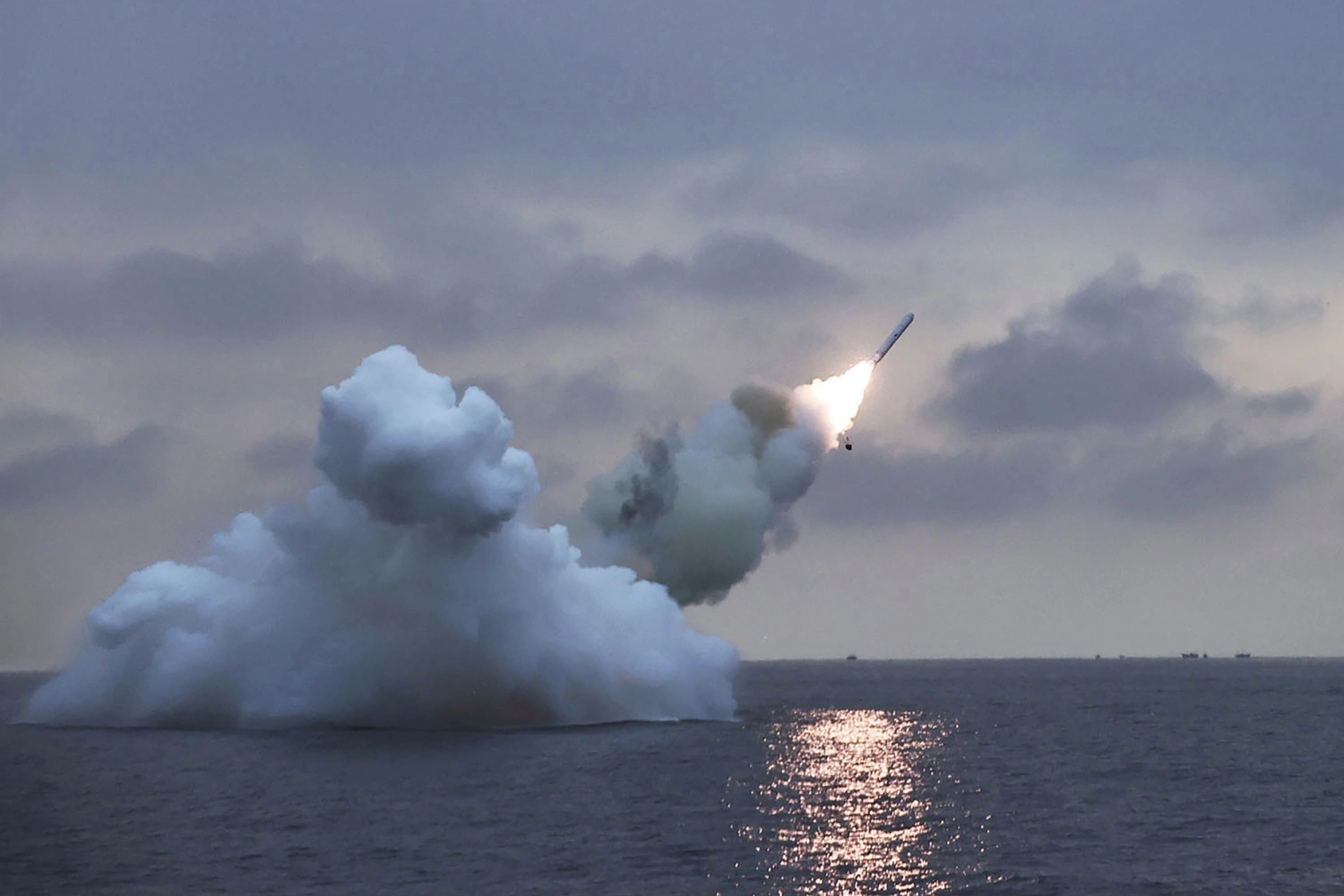




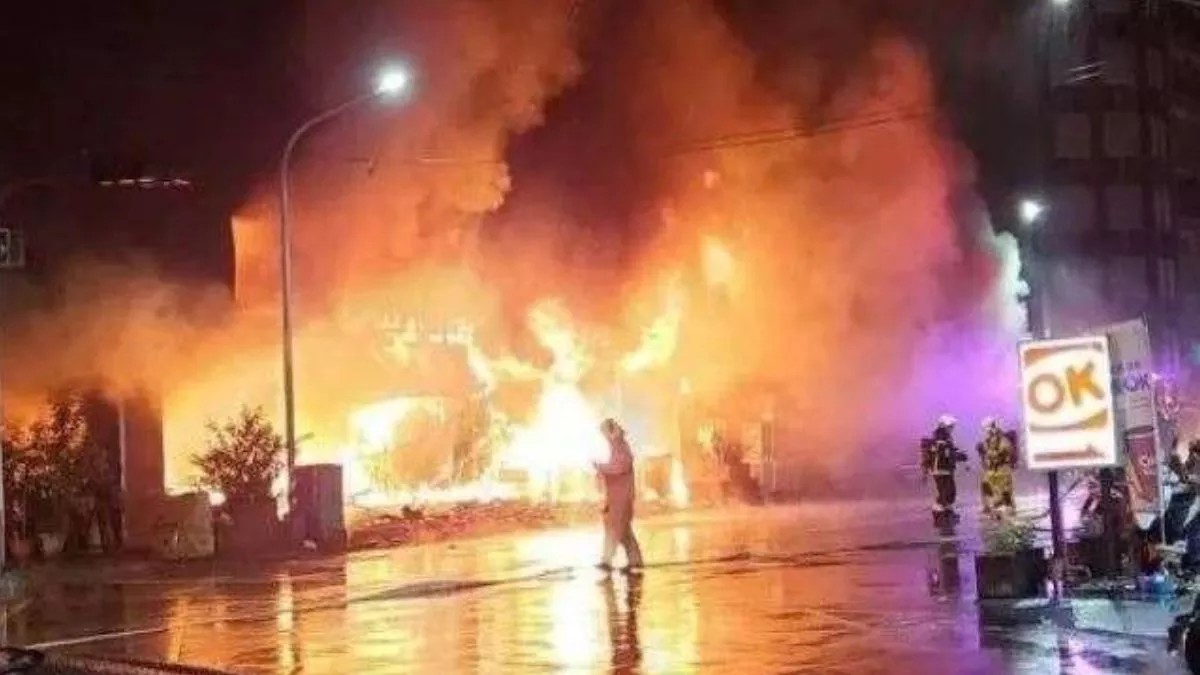



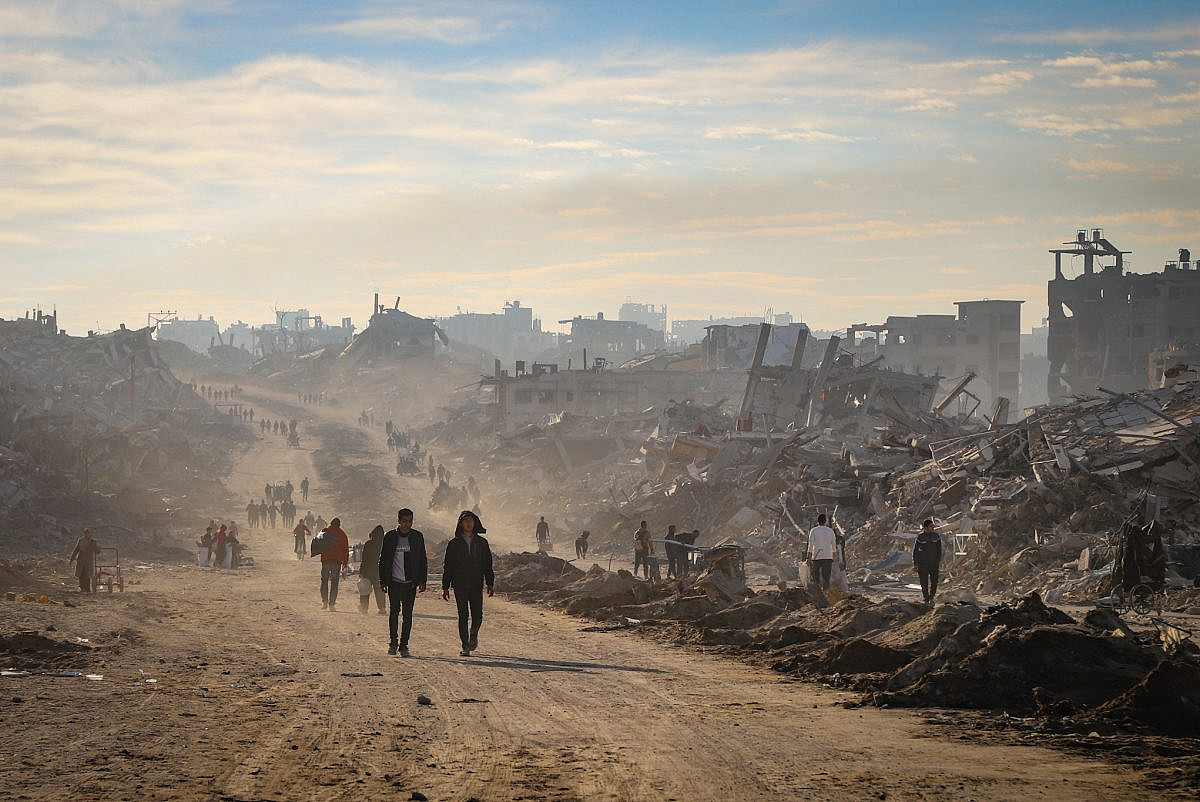
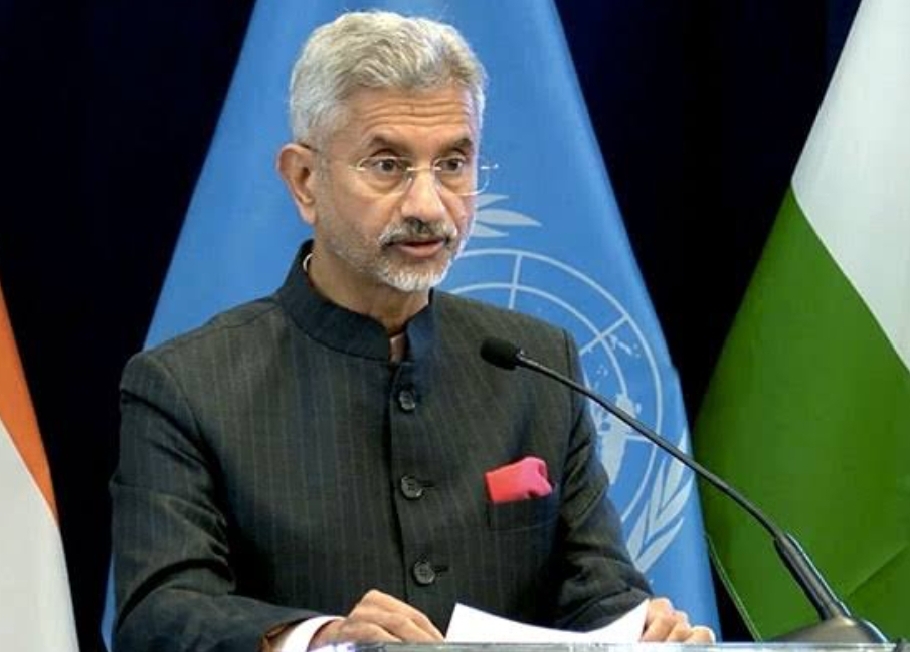
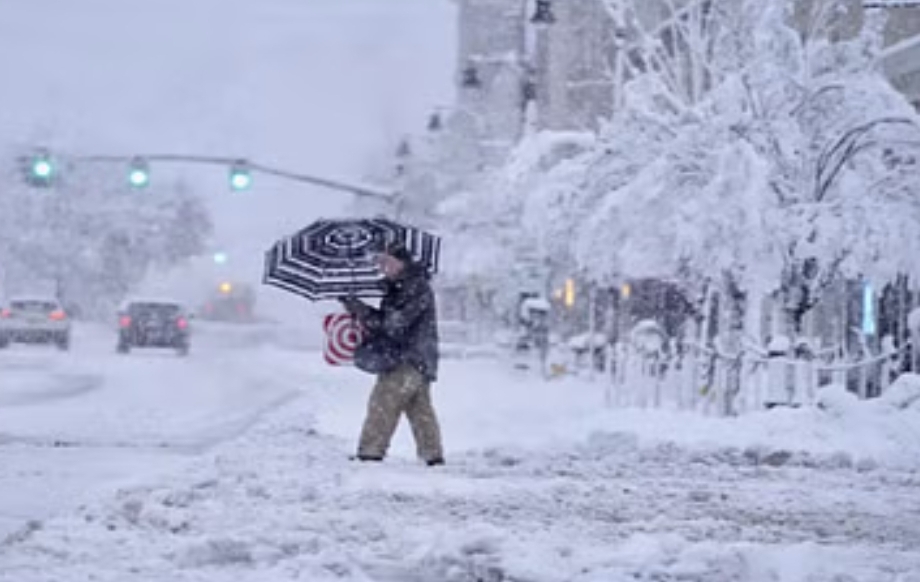
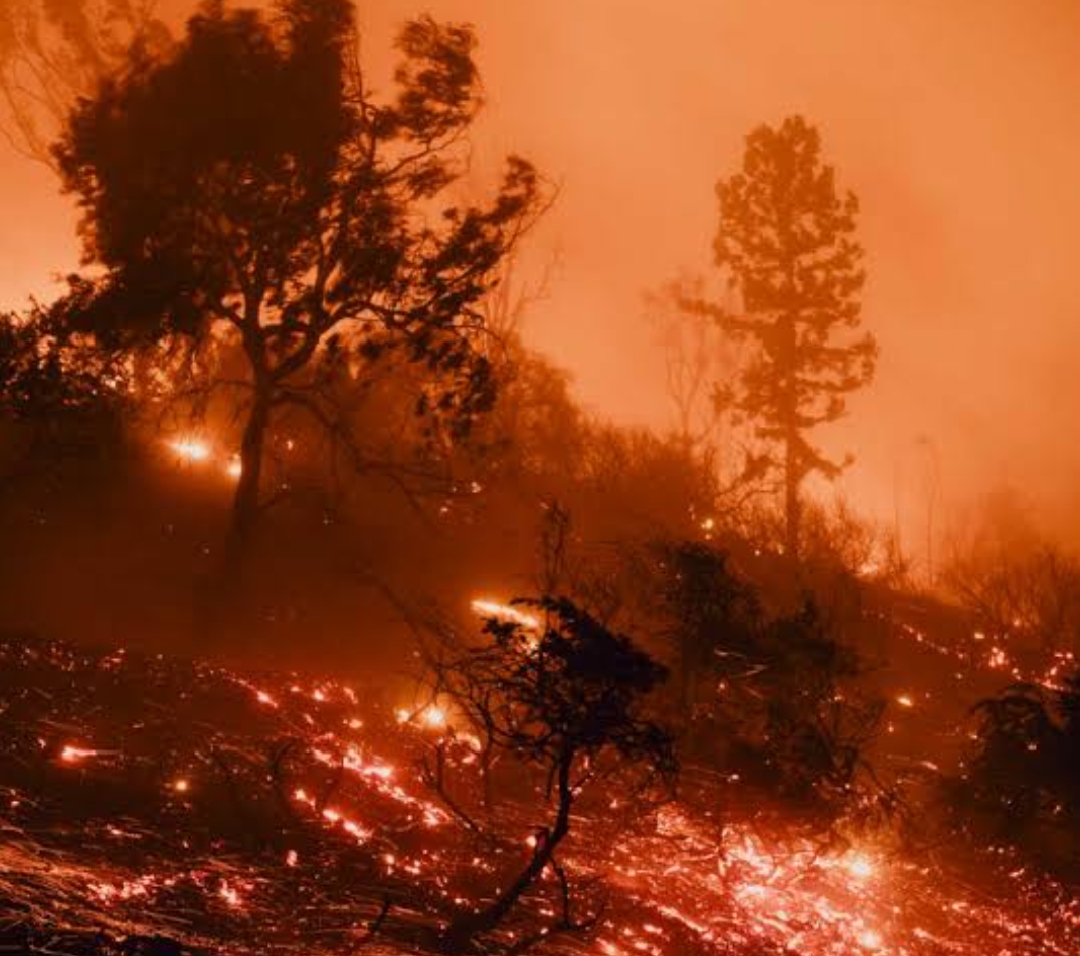



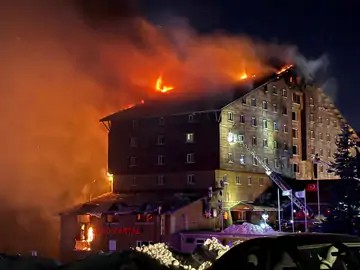
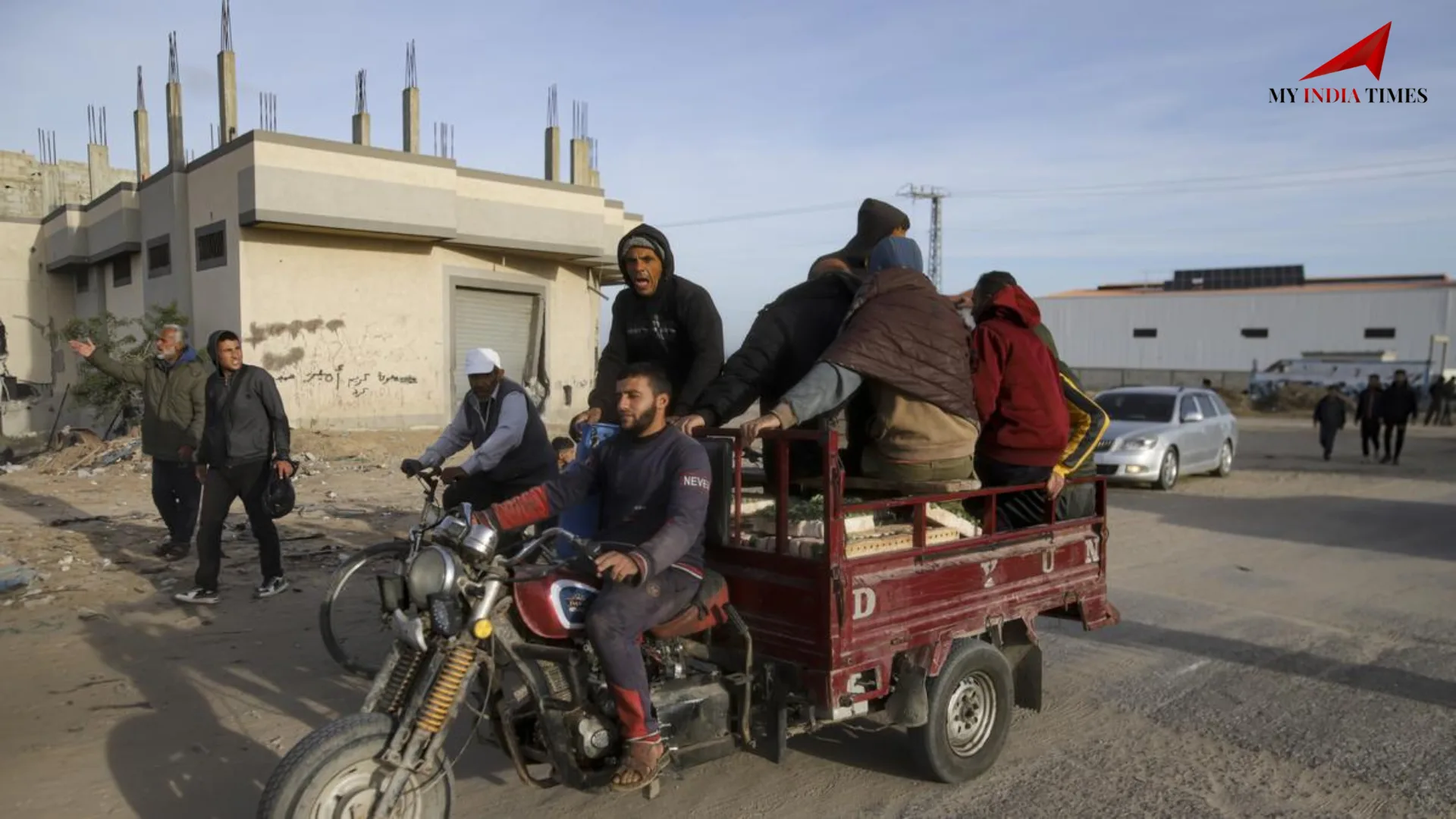


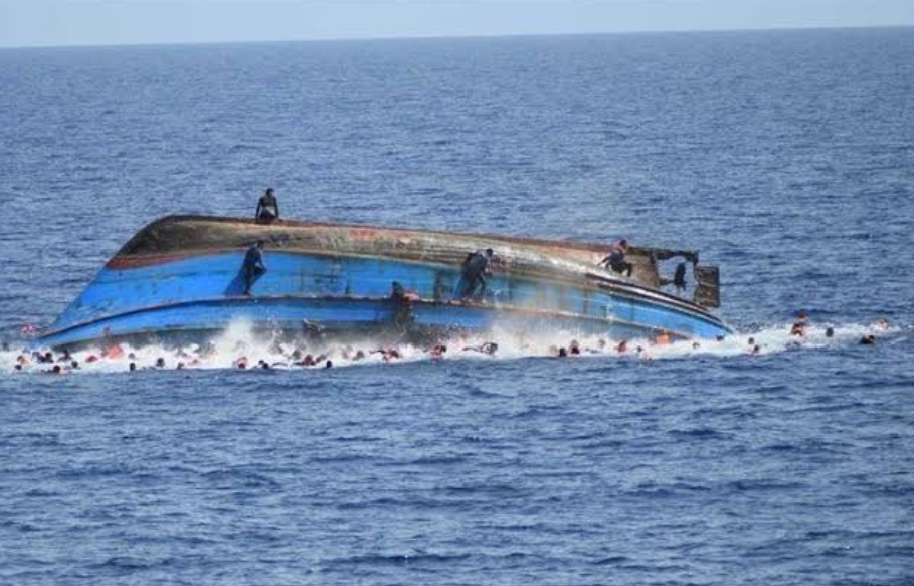

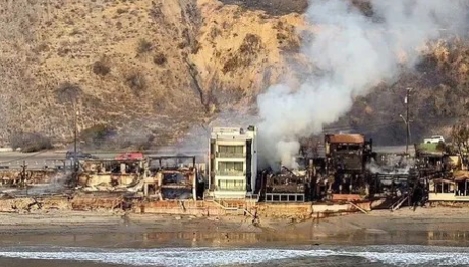

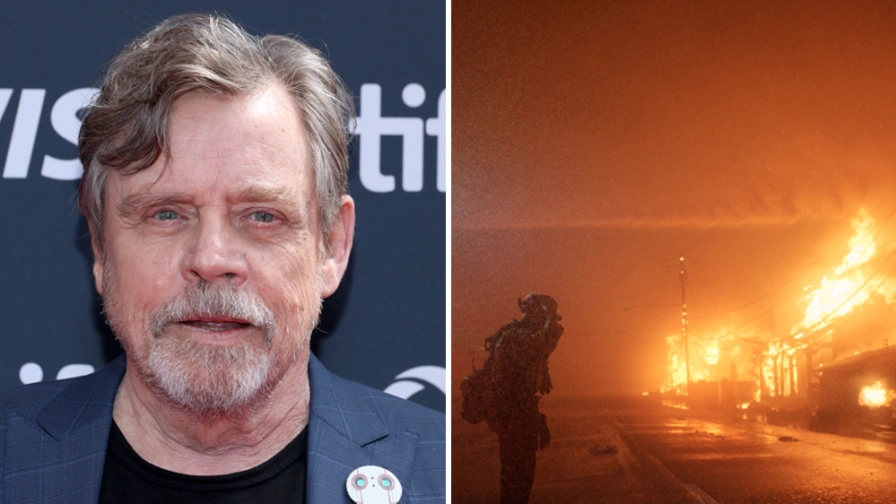

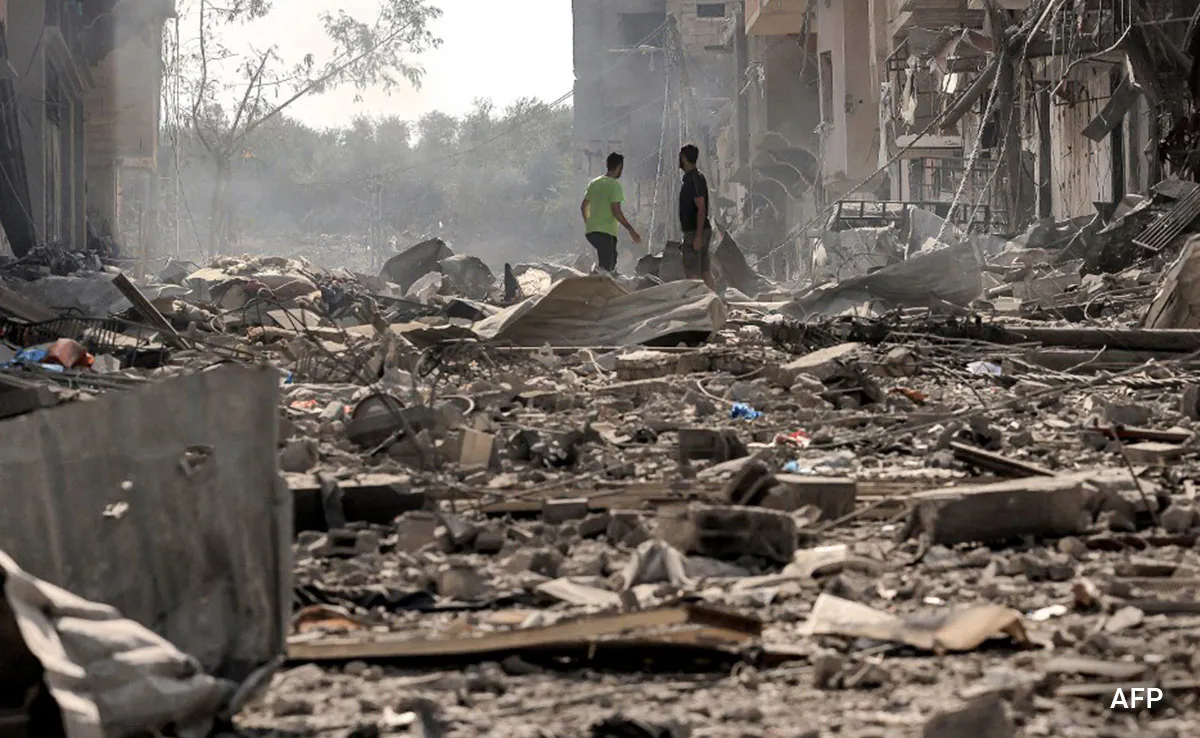



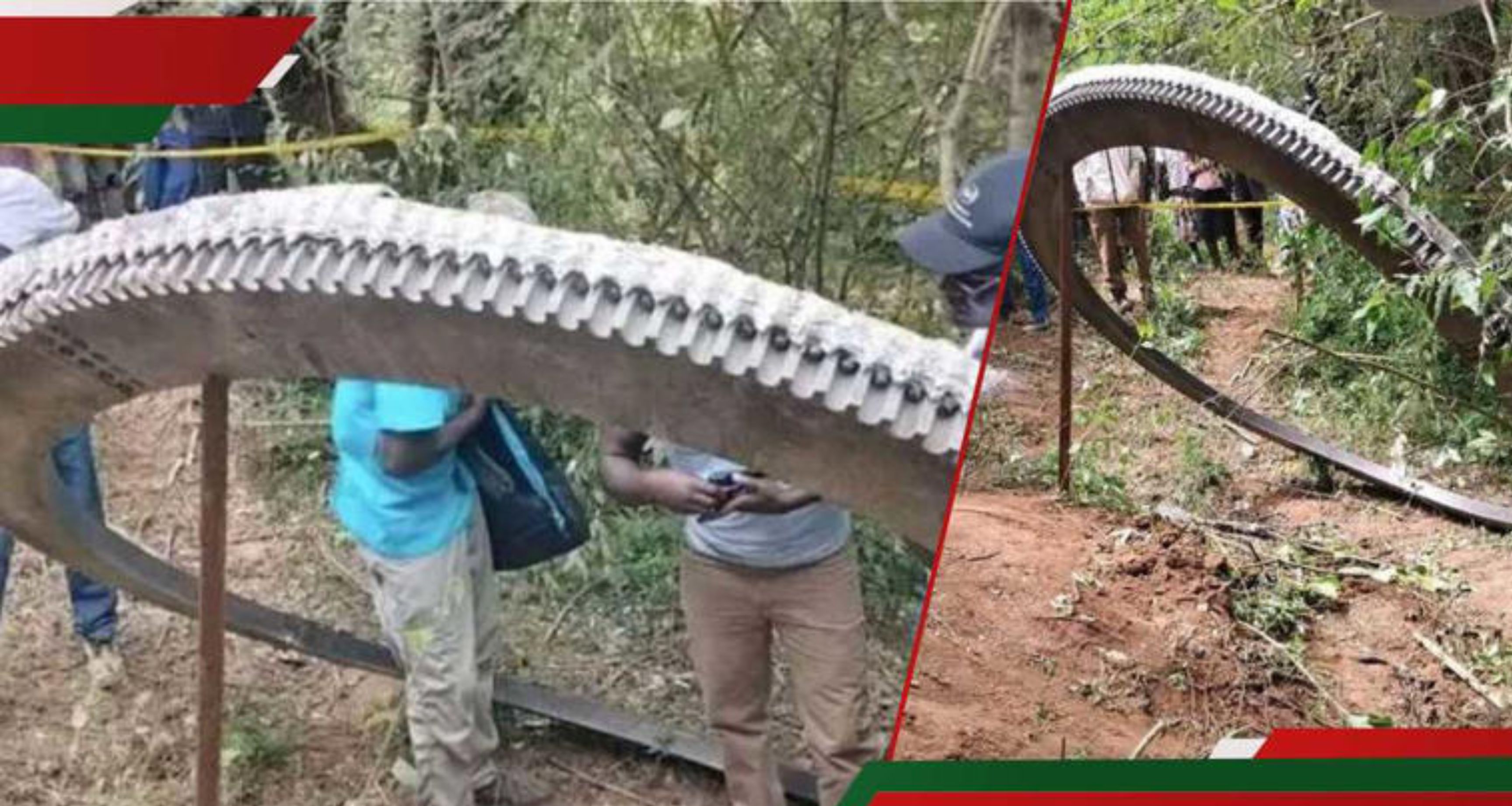
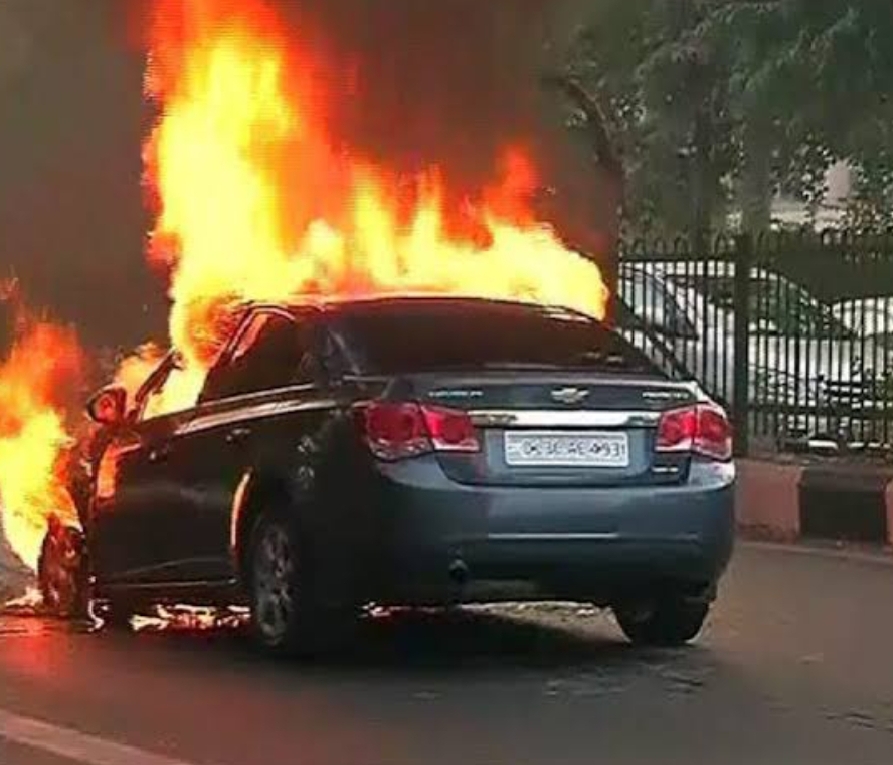
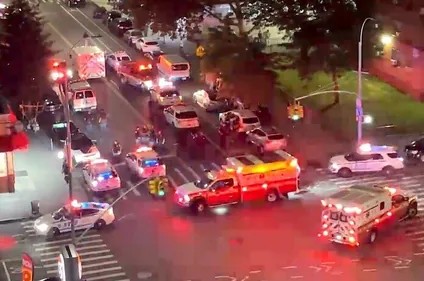


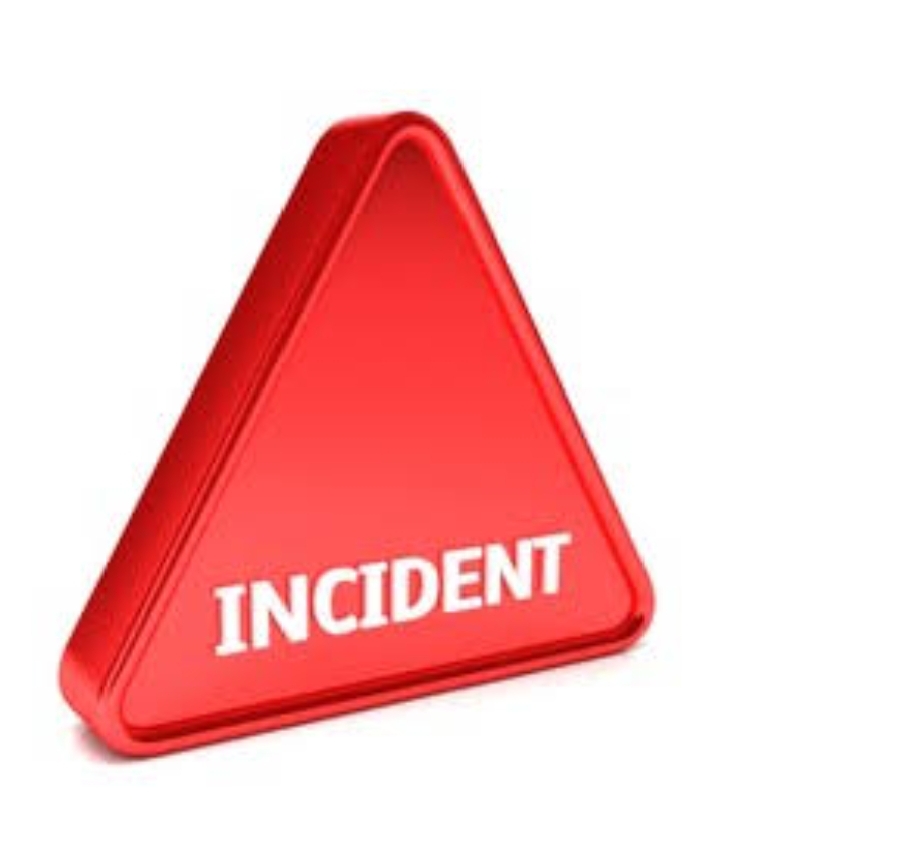



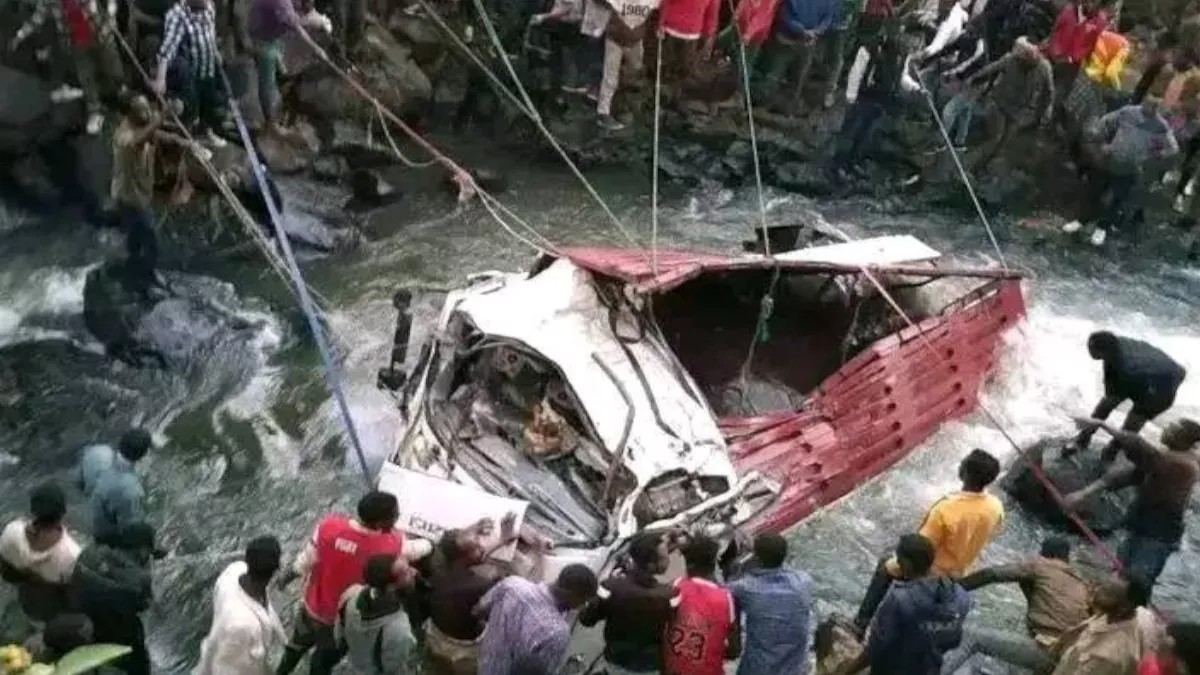
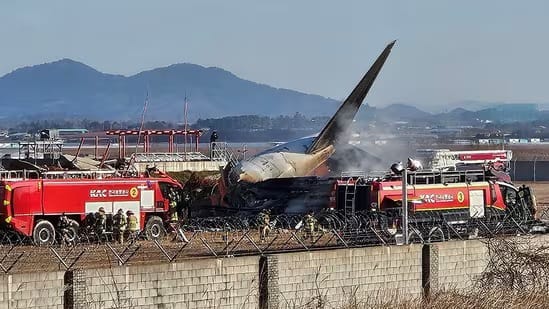
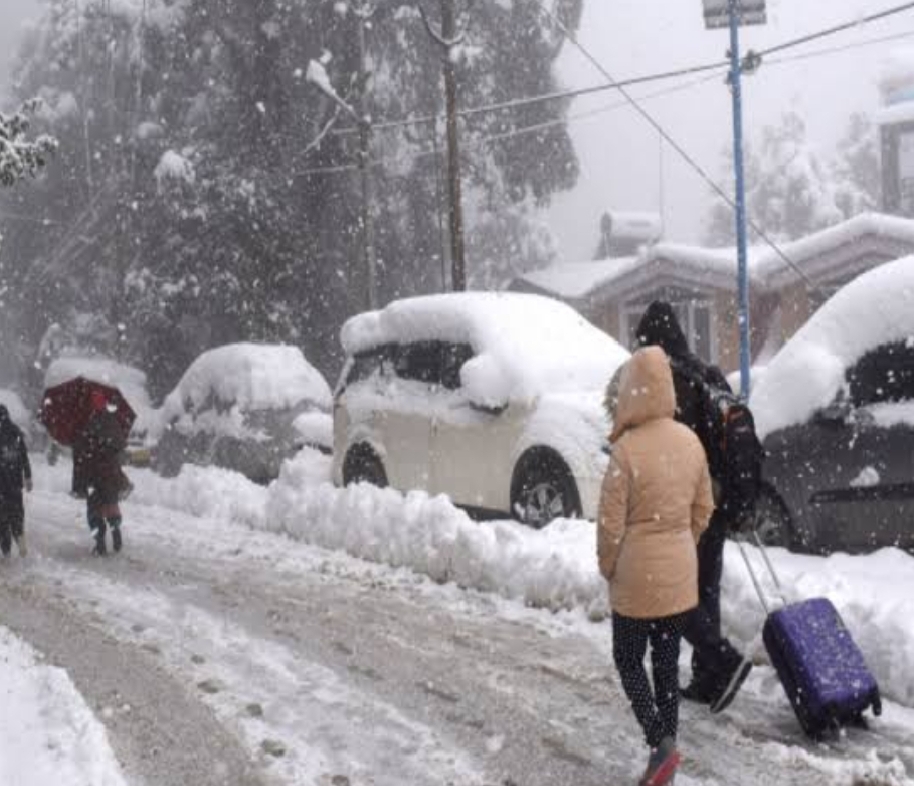
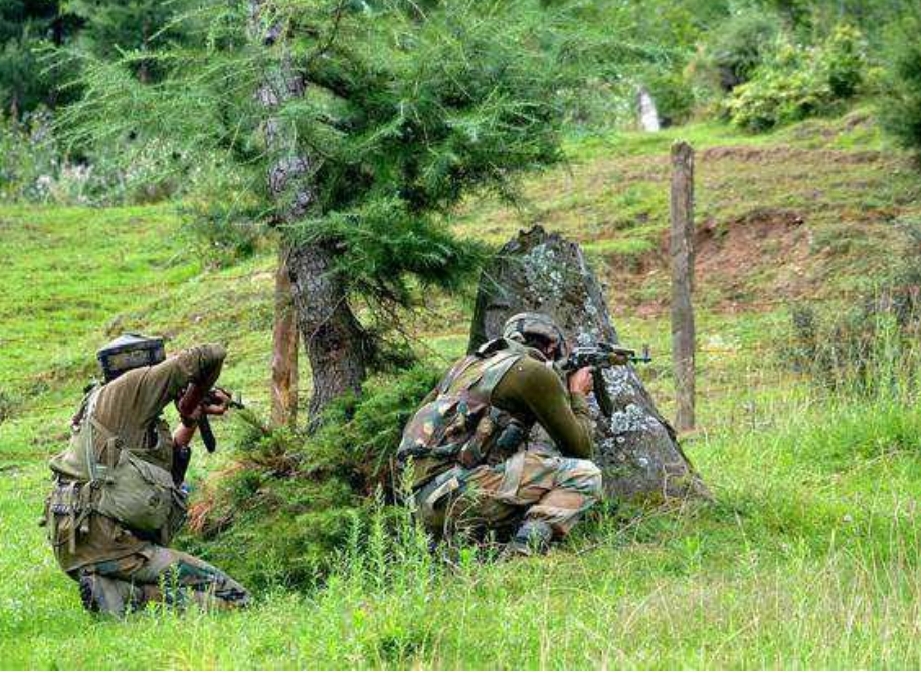


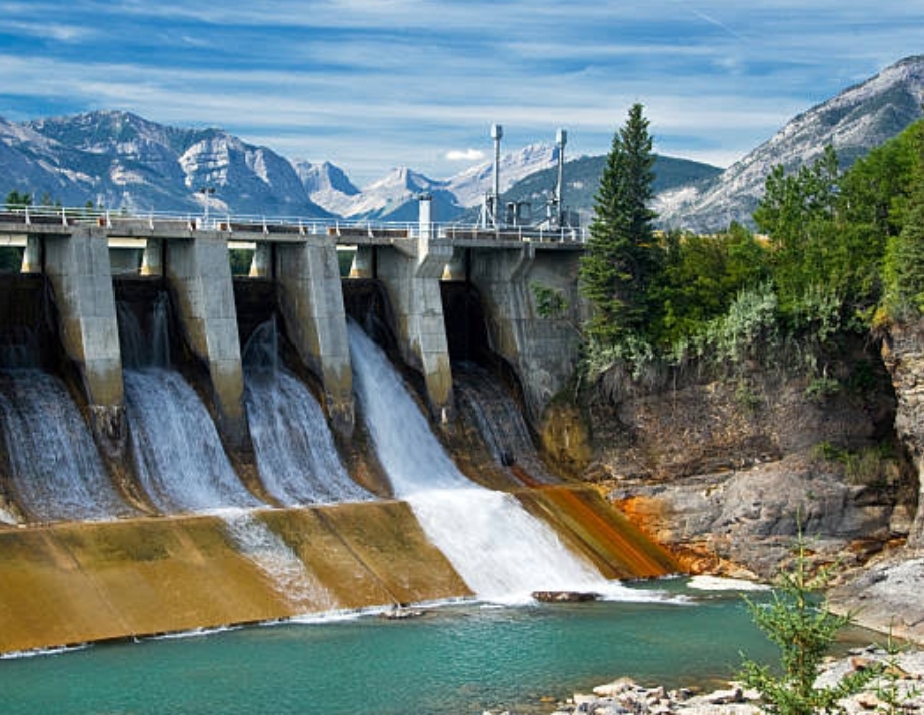
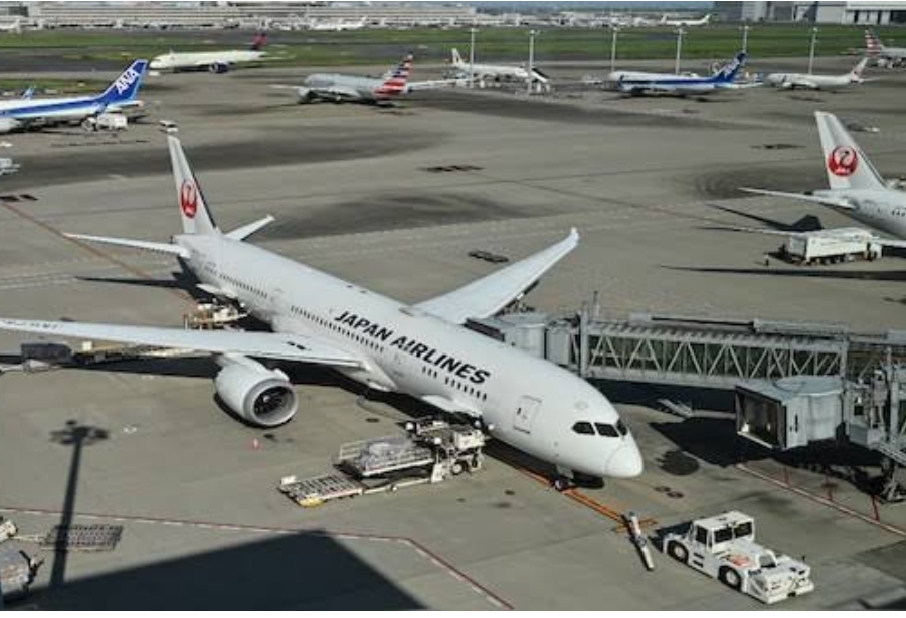

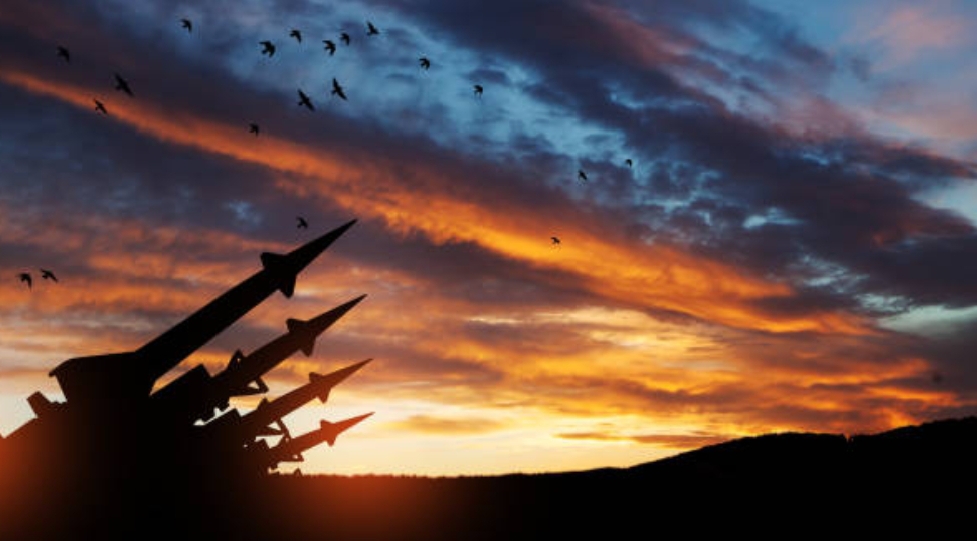
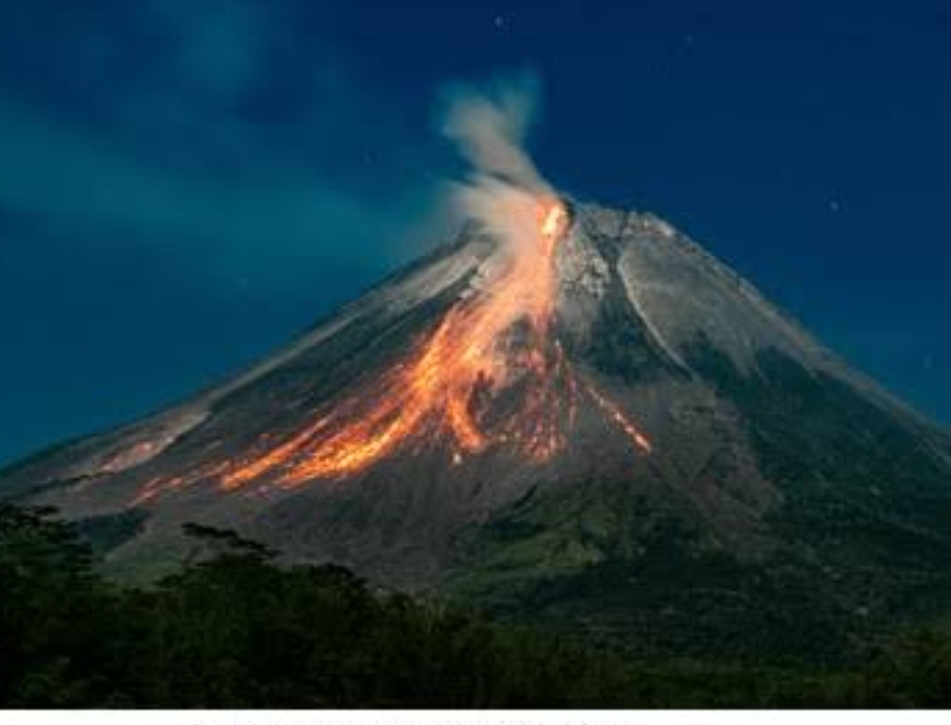
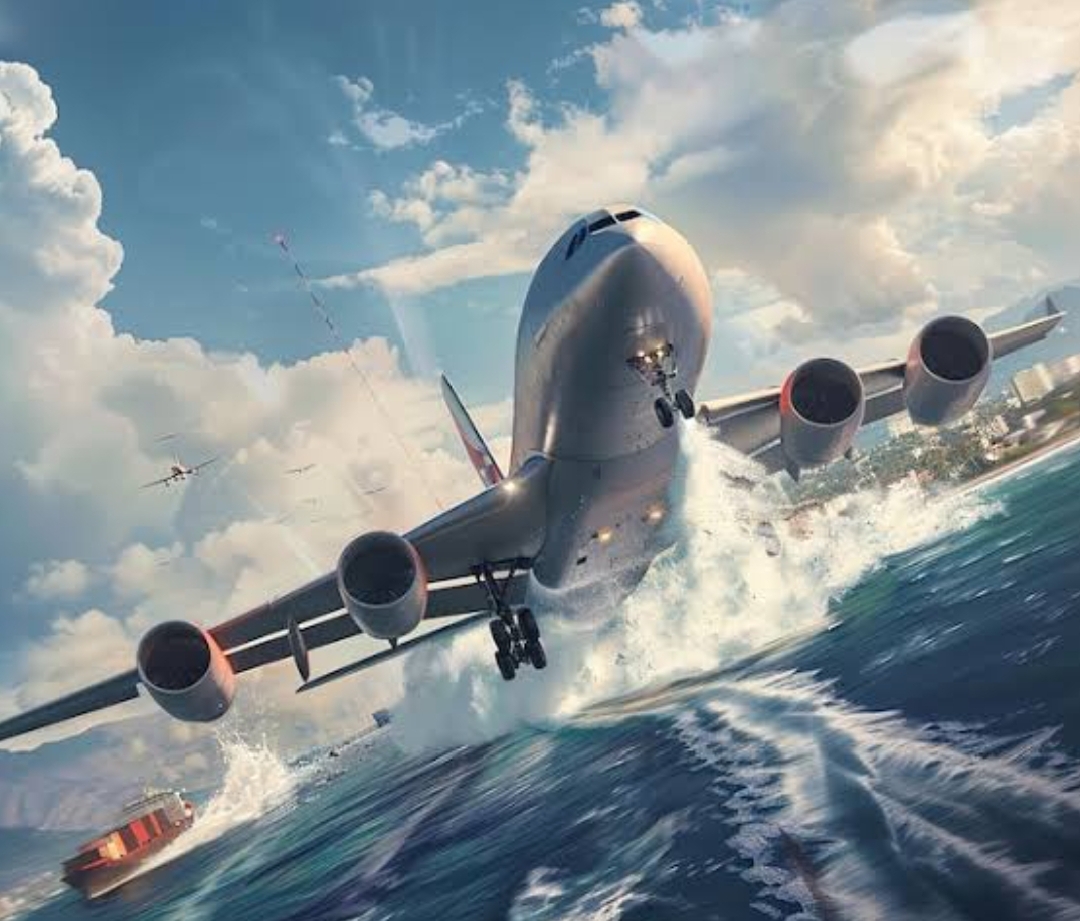


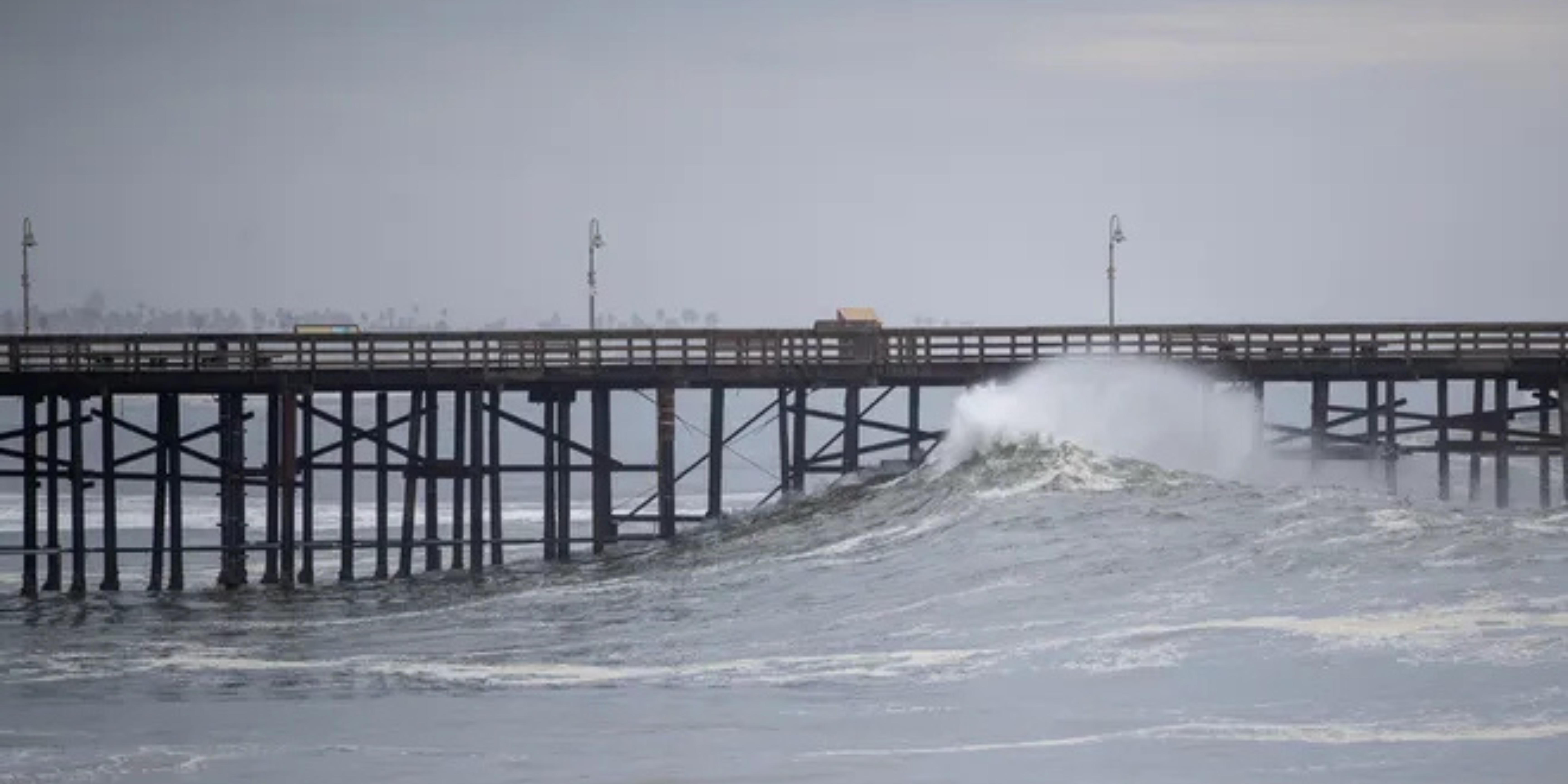



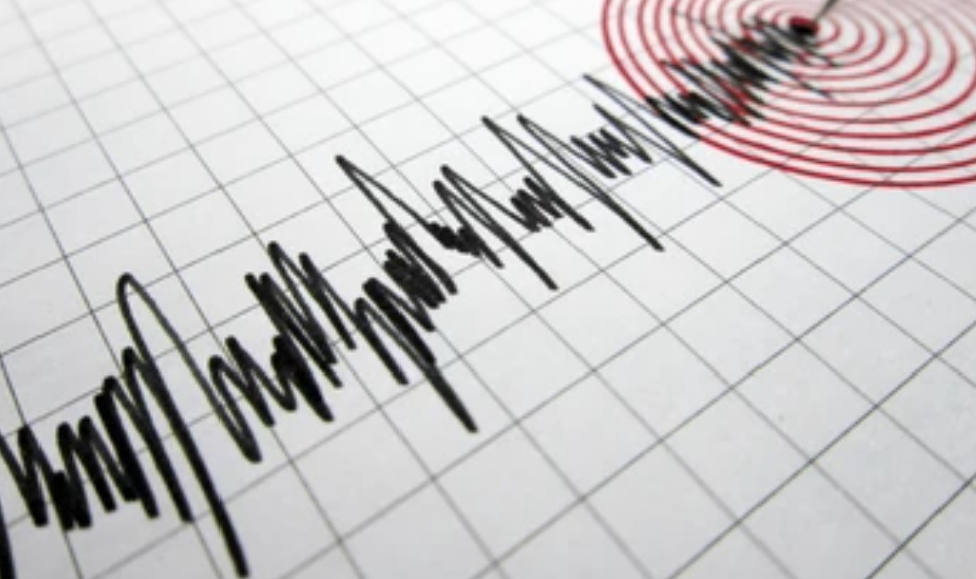

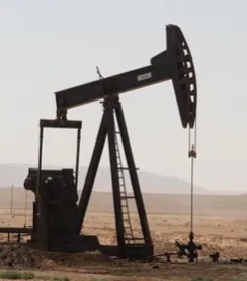



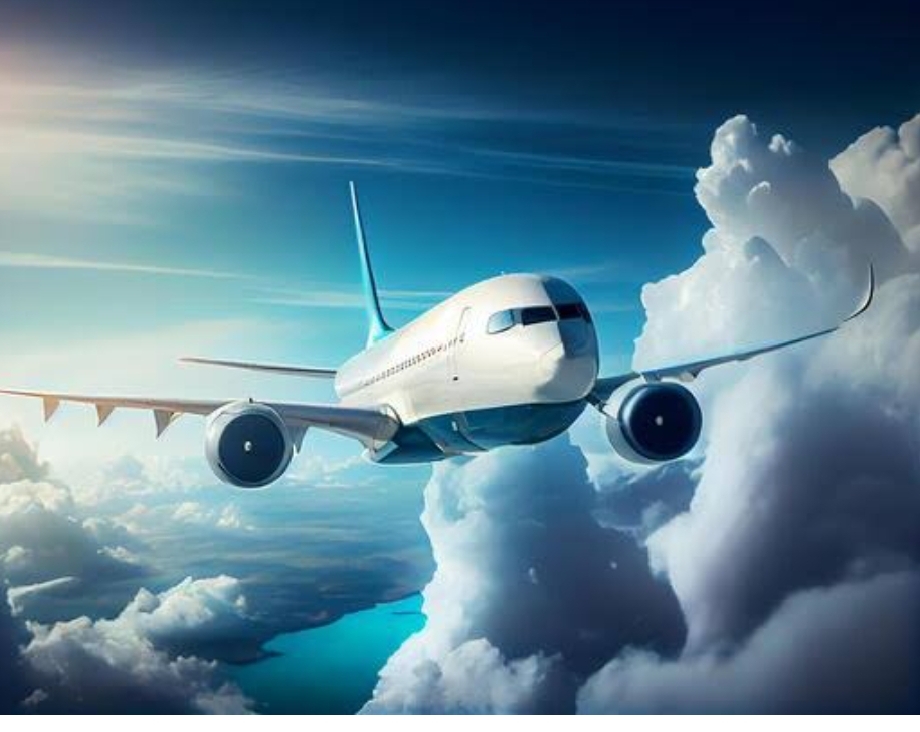

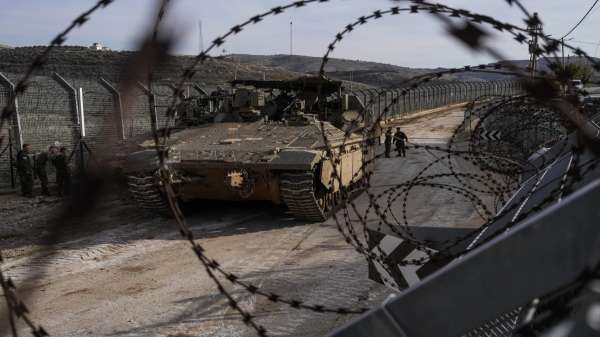
.png)





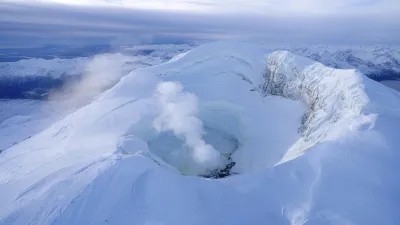


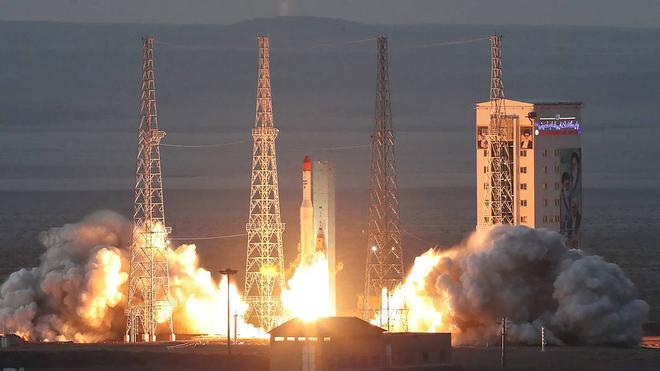


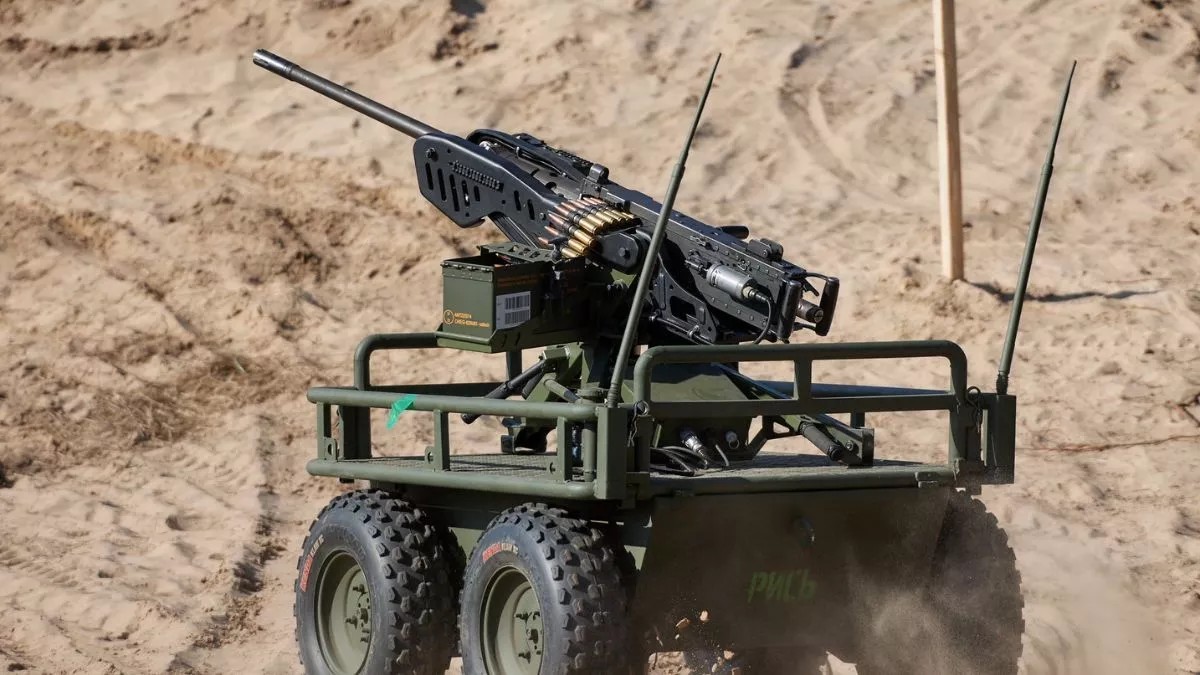


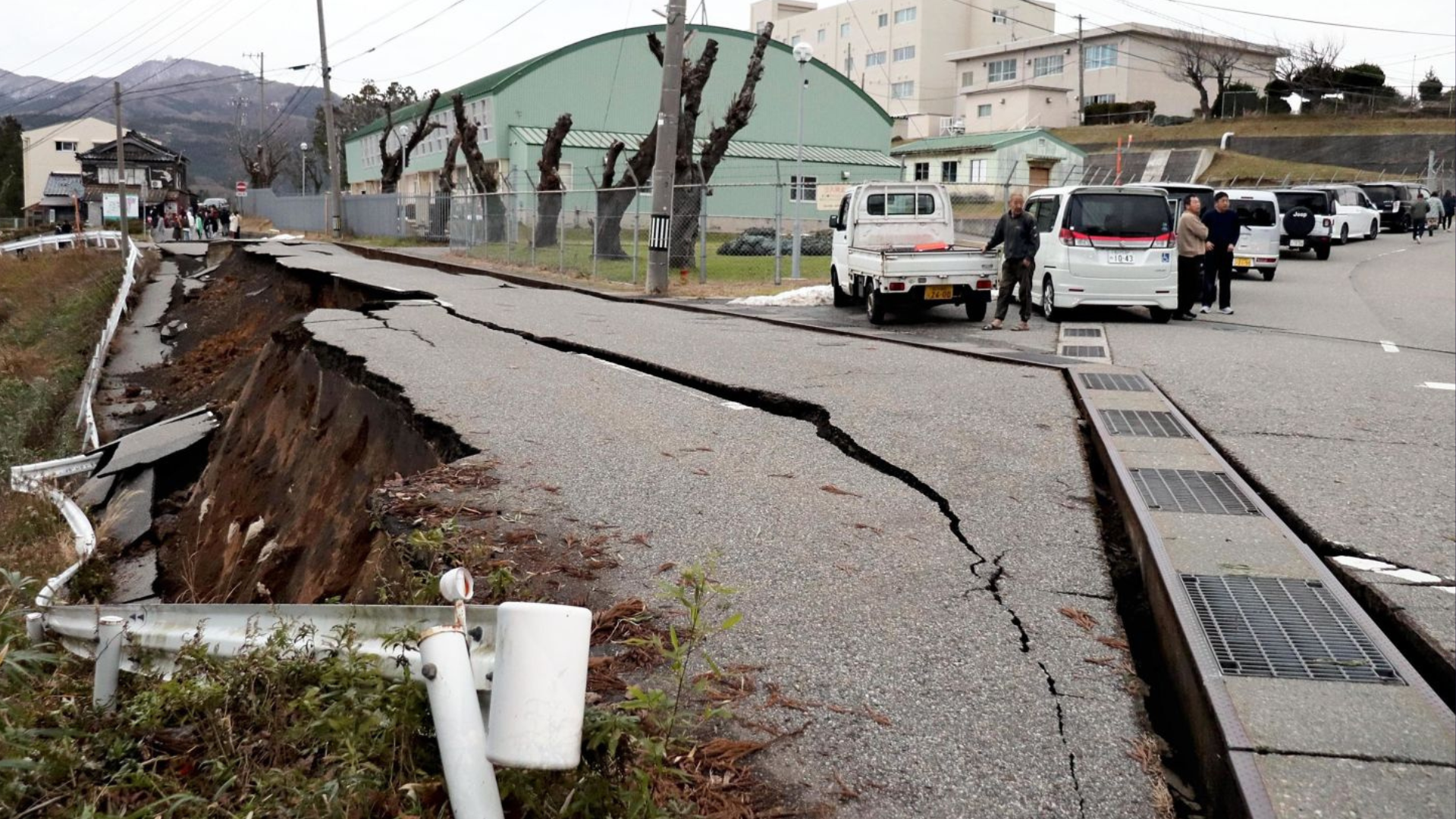



.png)

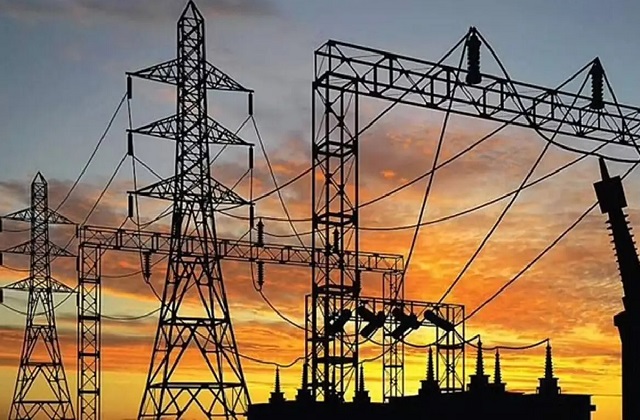

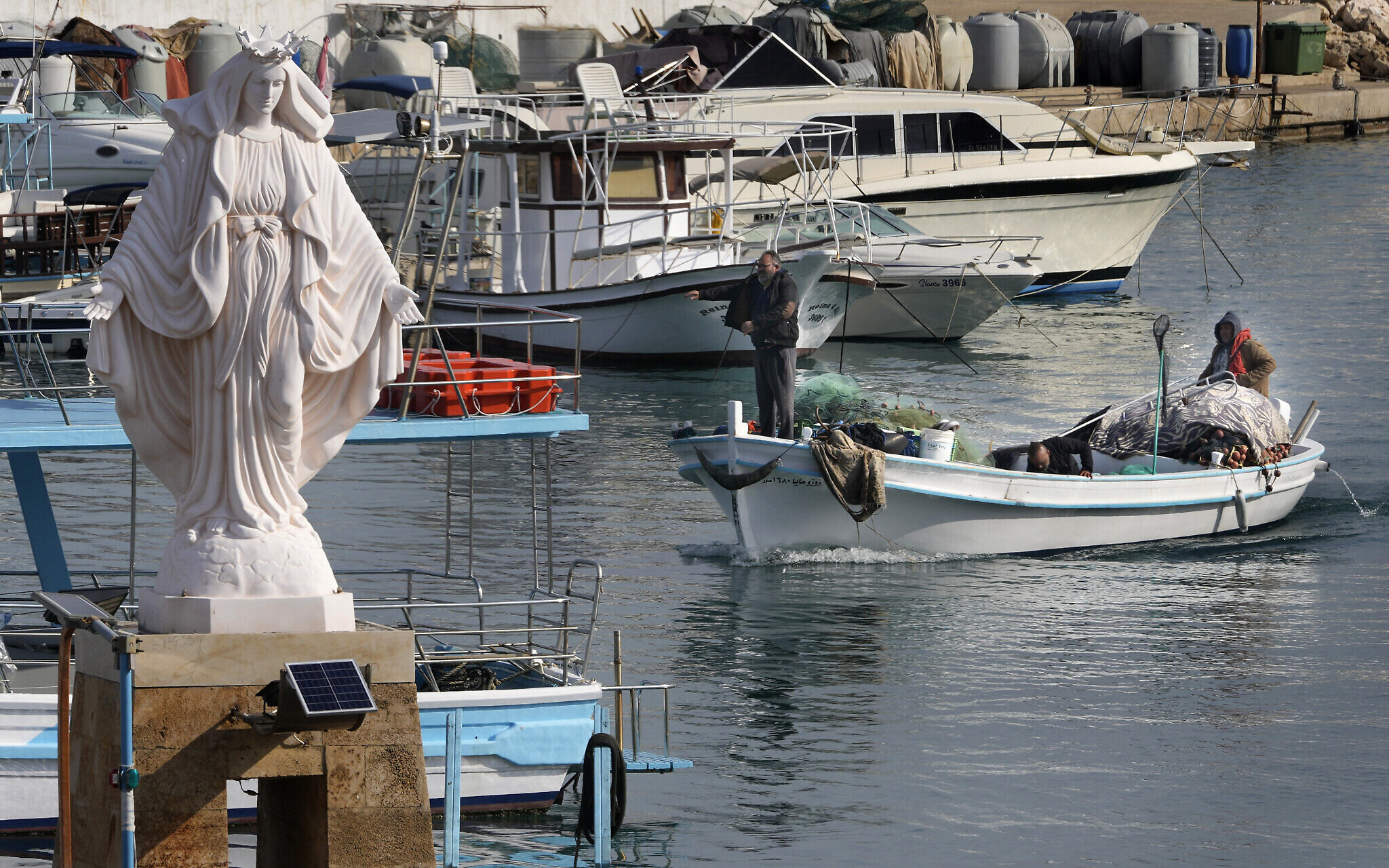


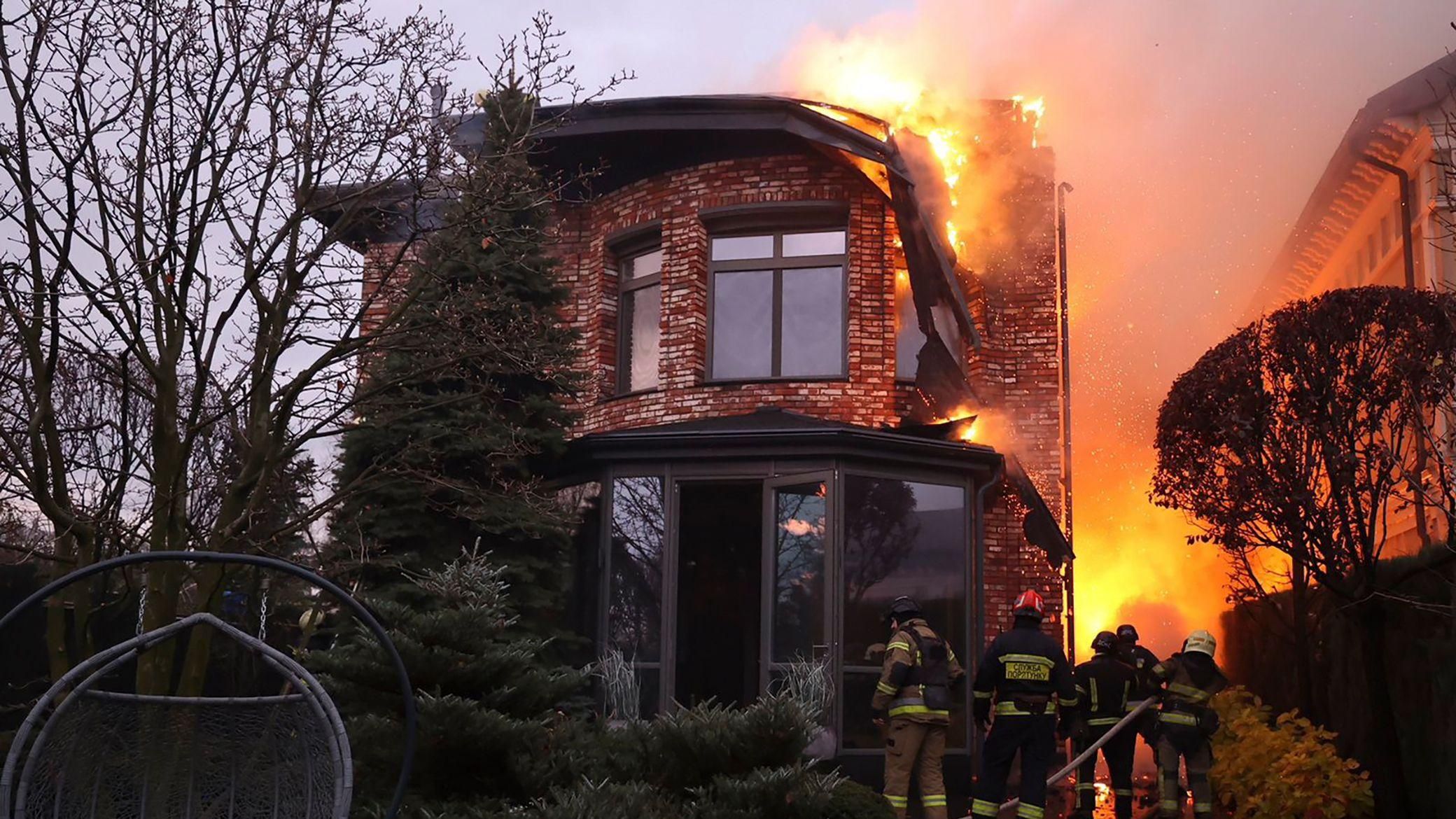
.jfif)
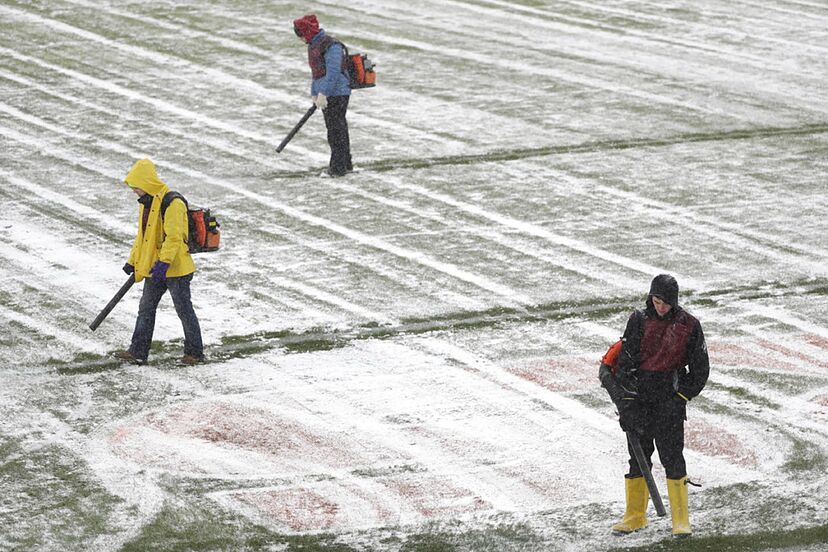

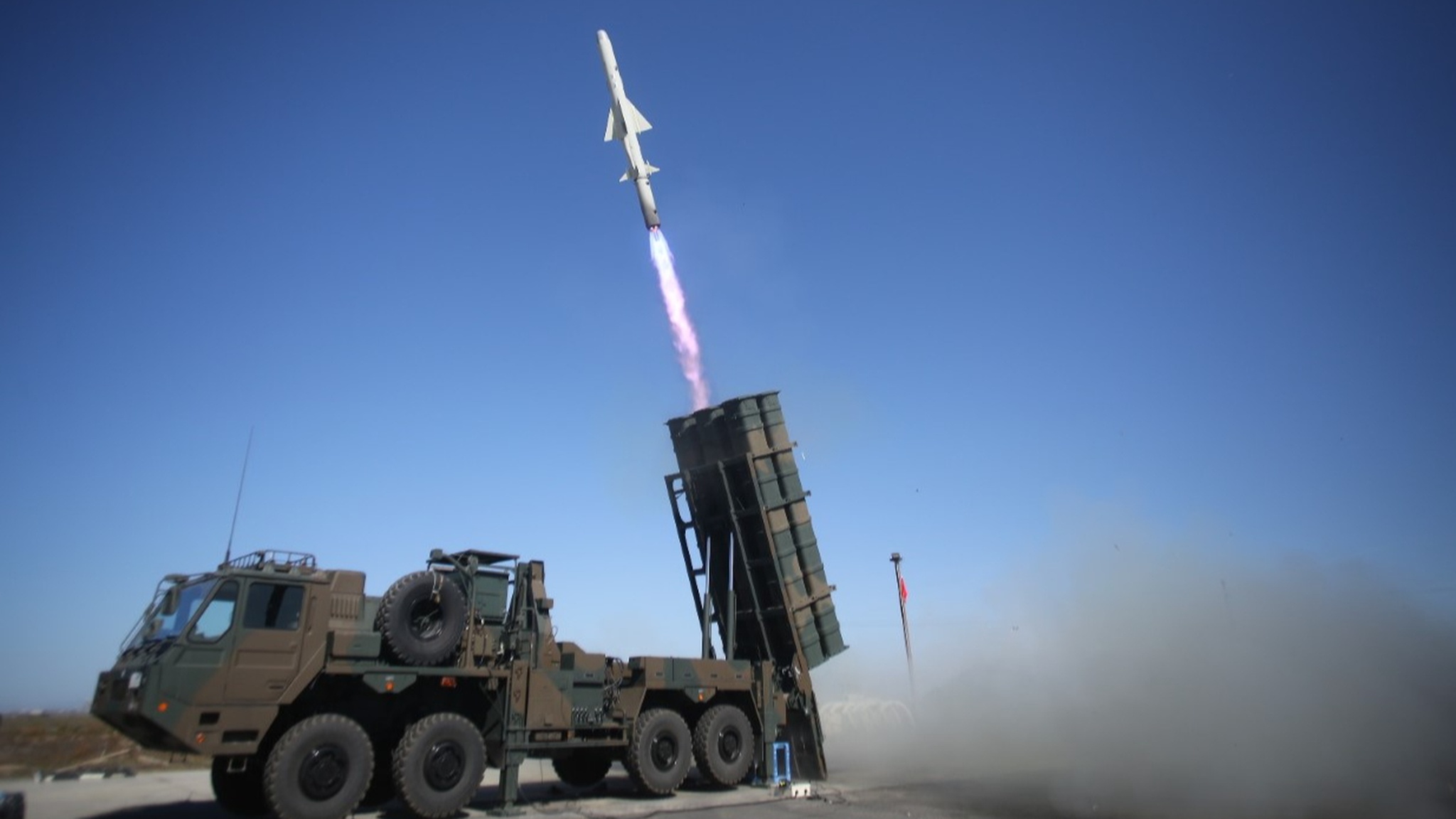
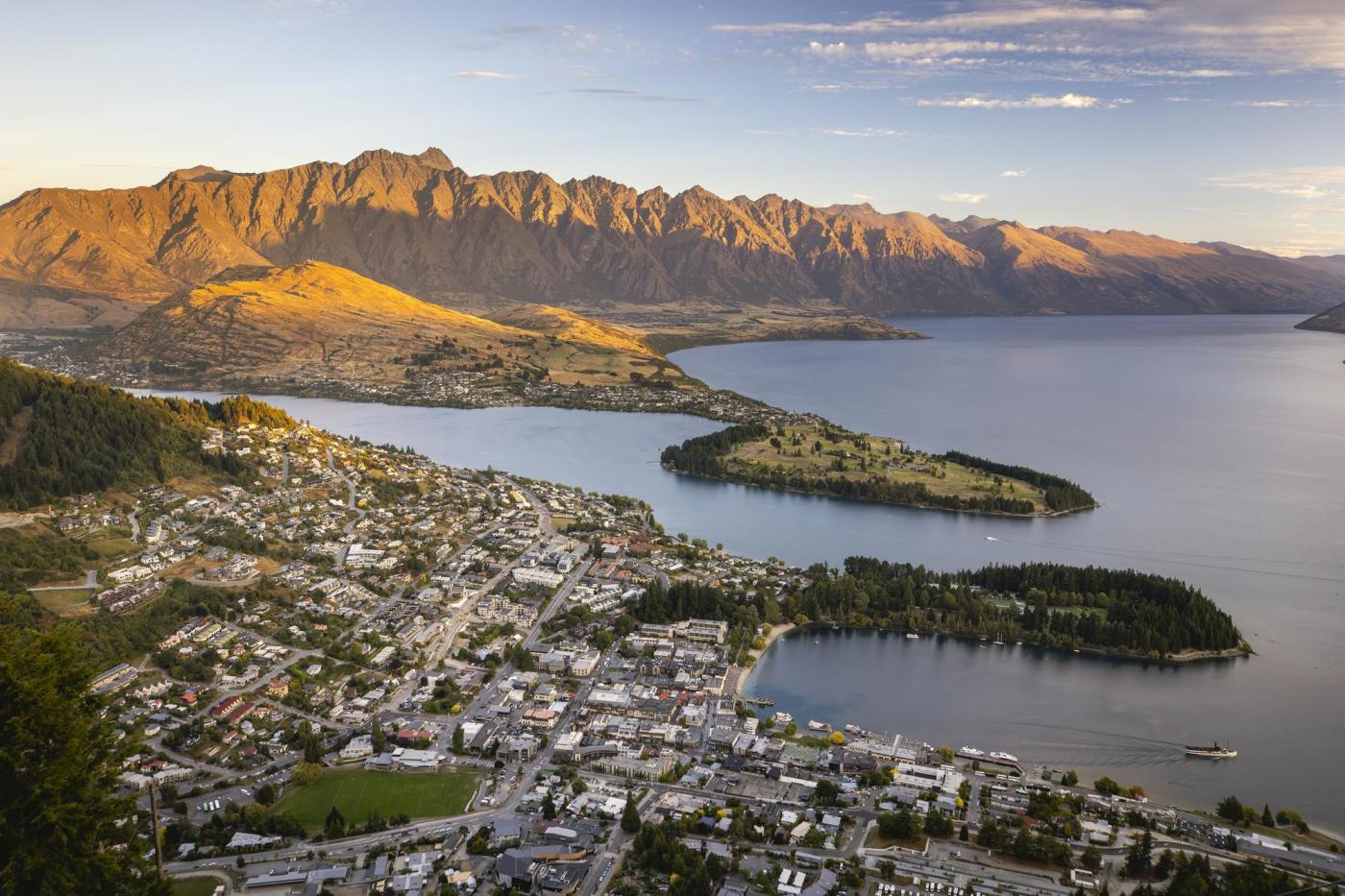





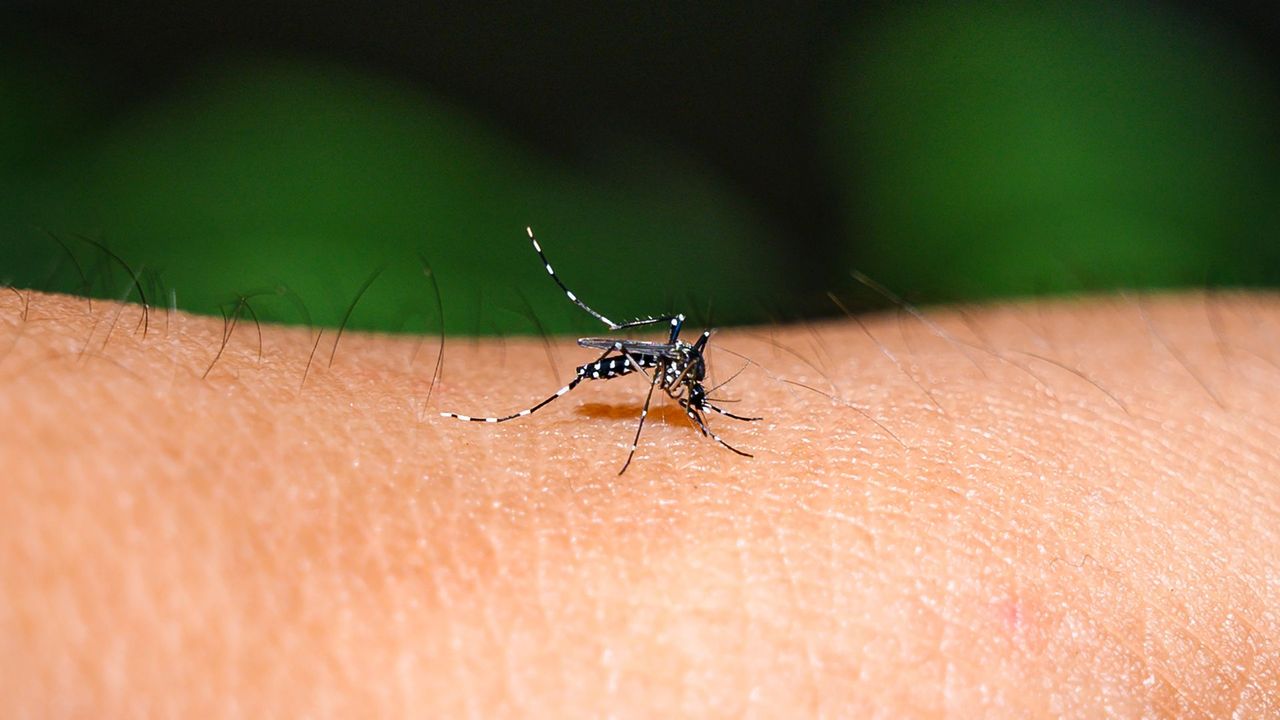

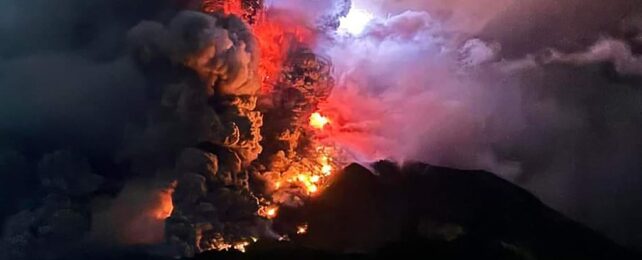


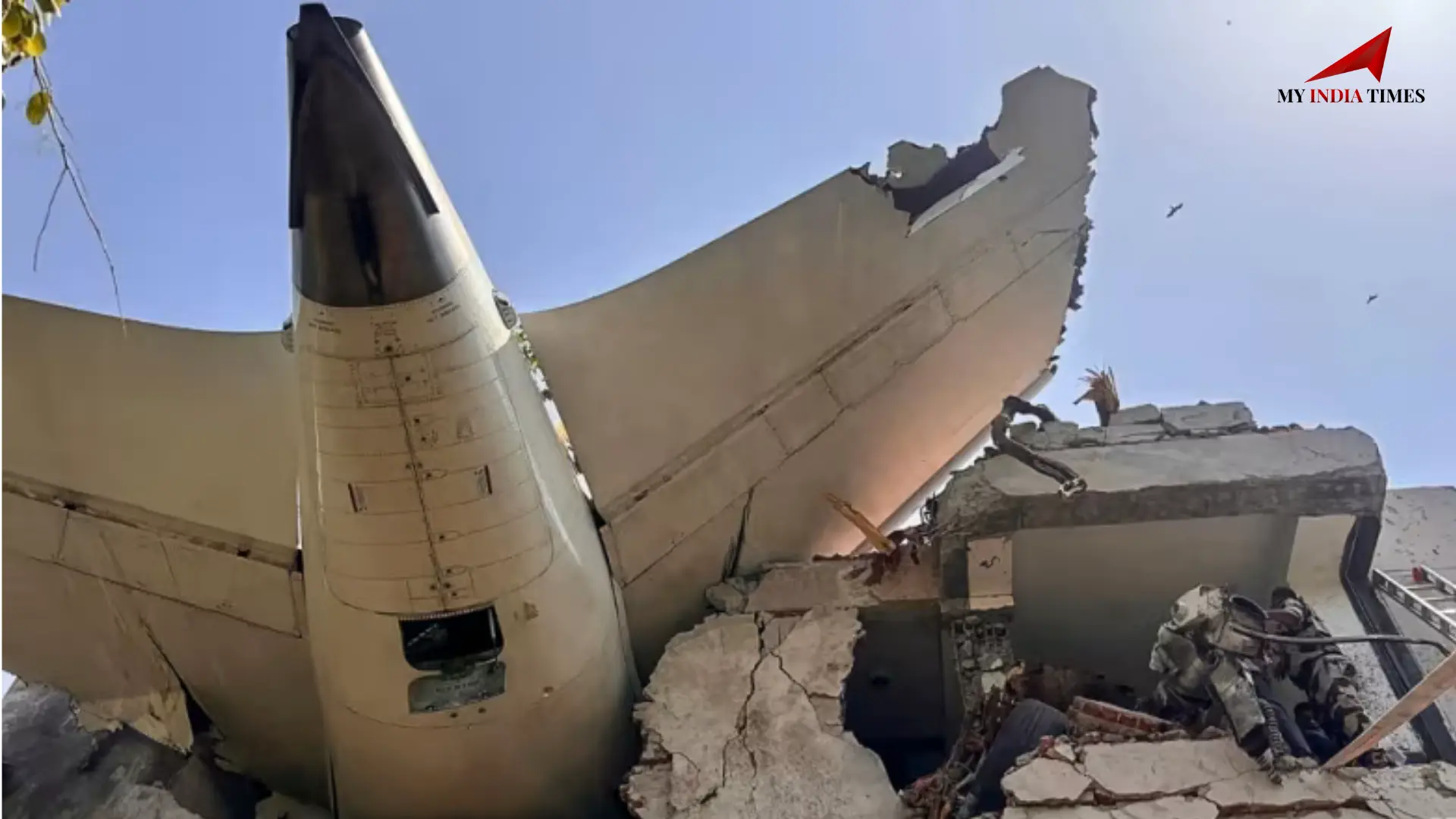




















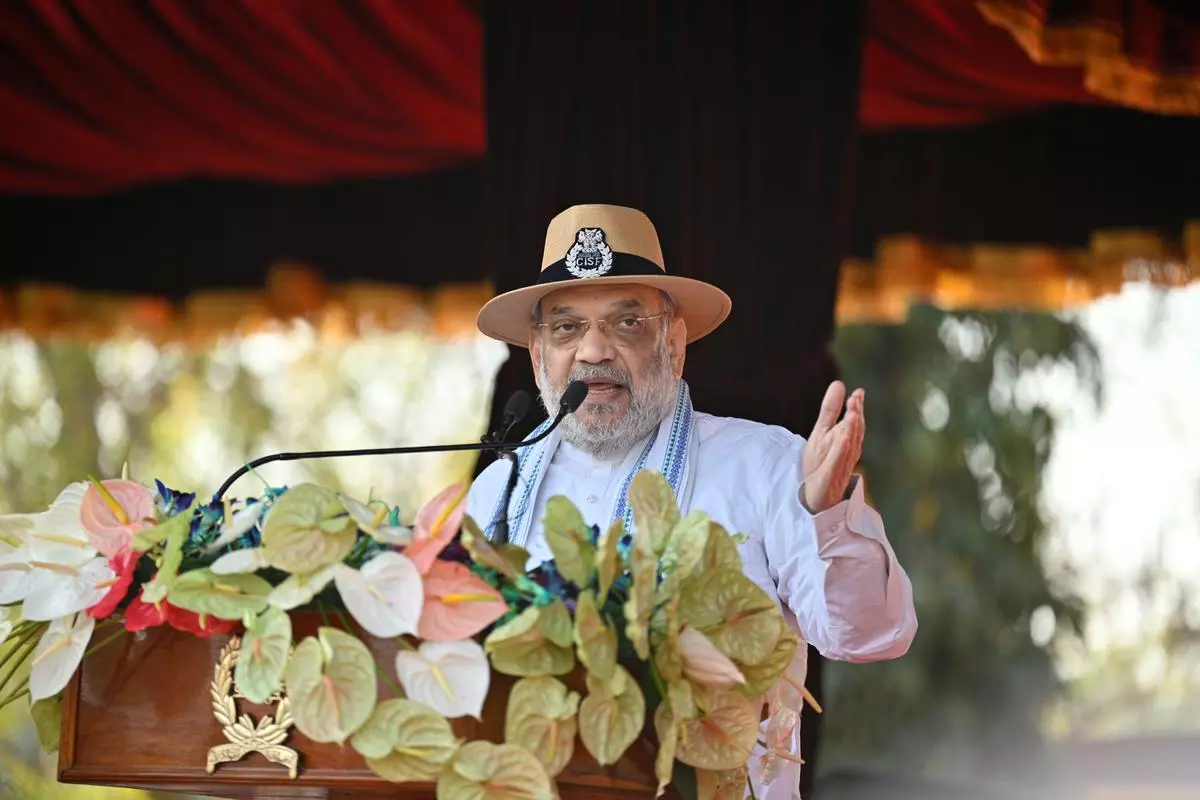



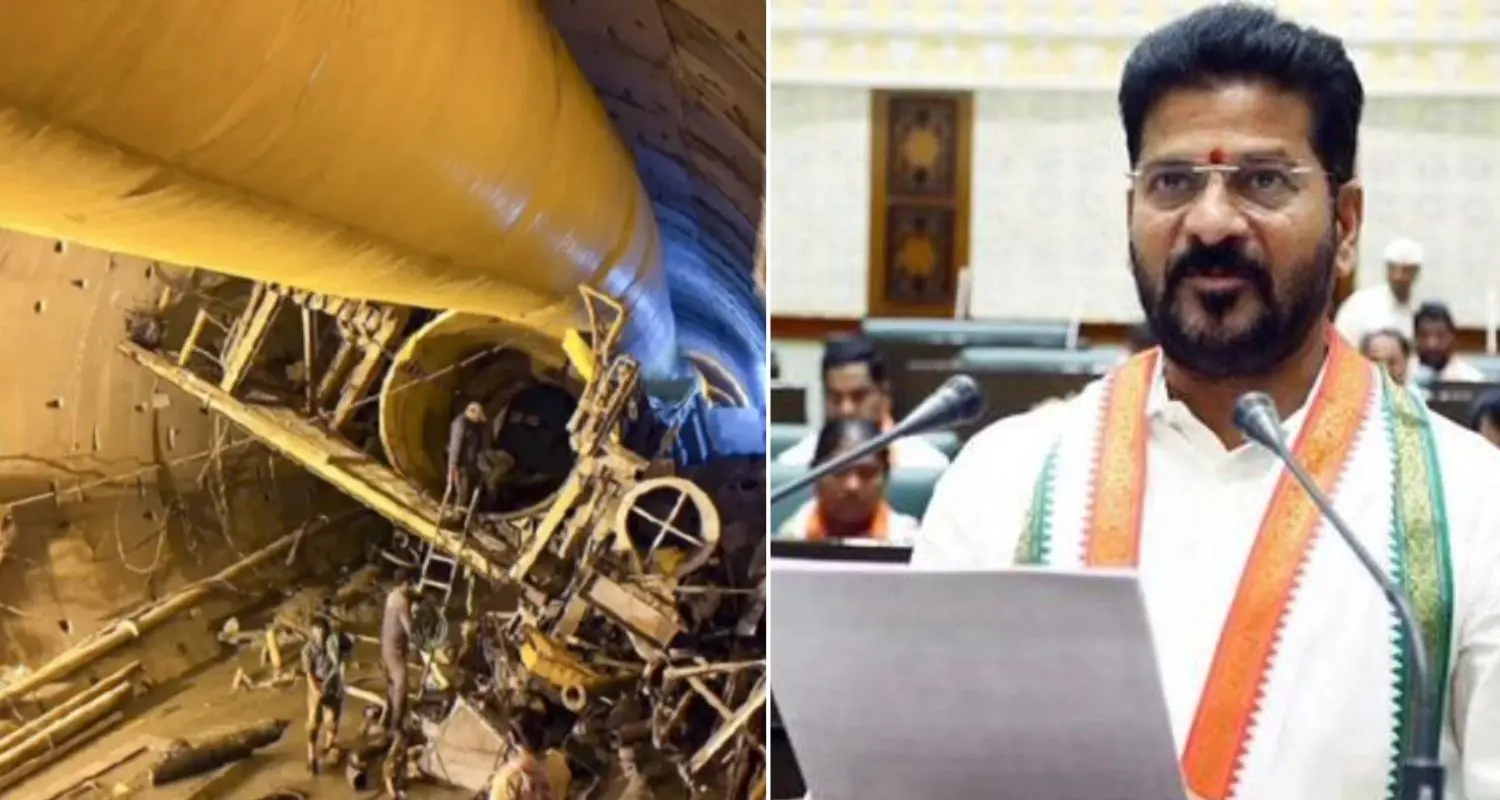






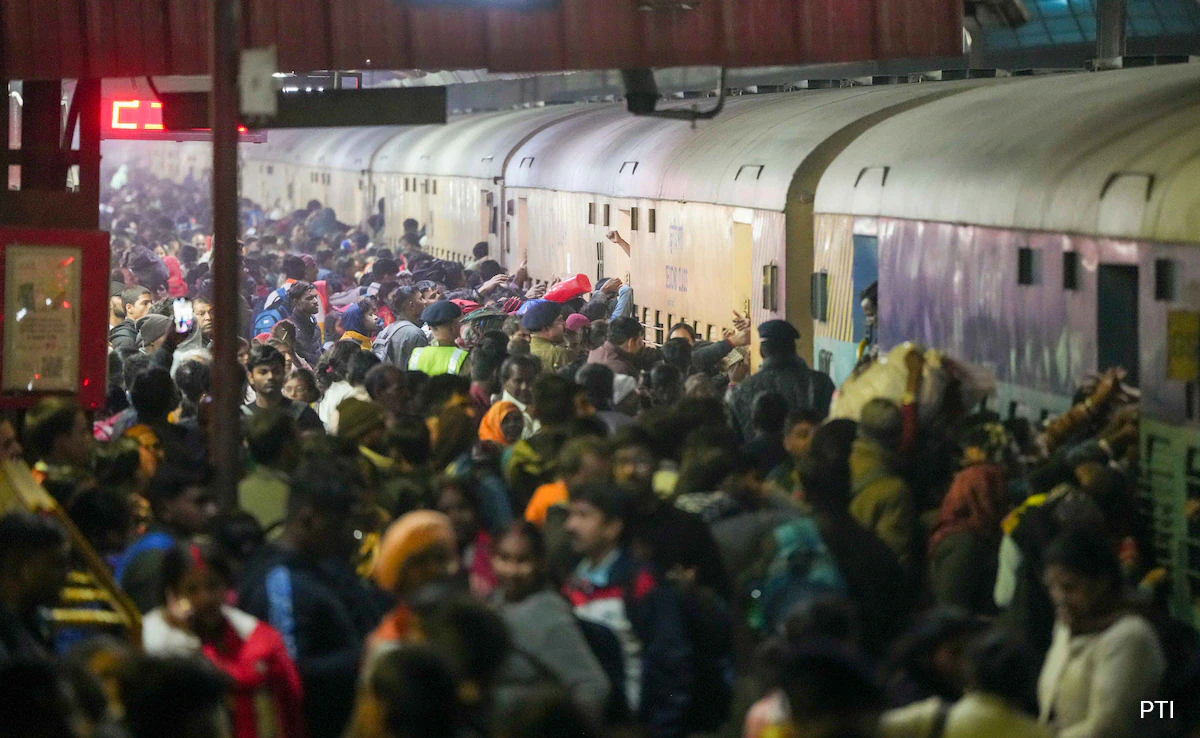
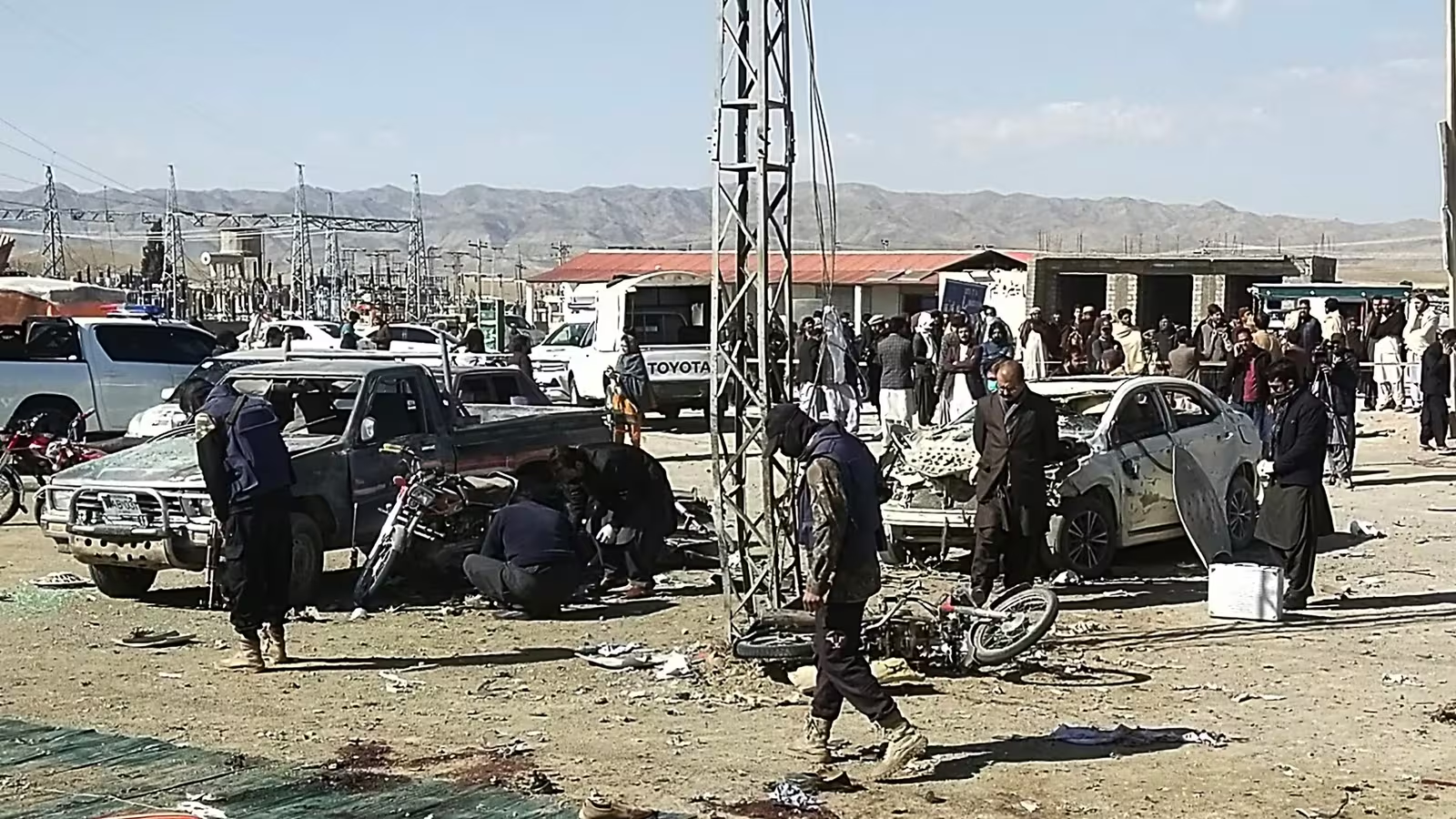



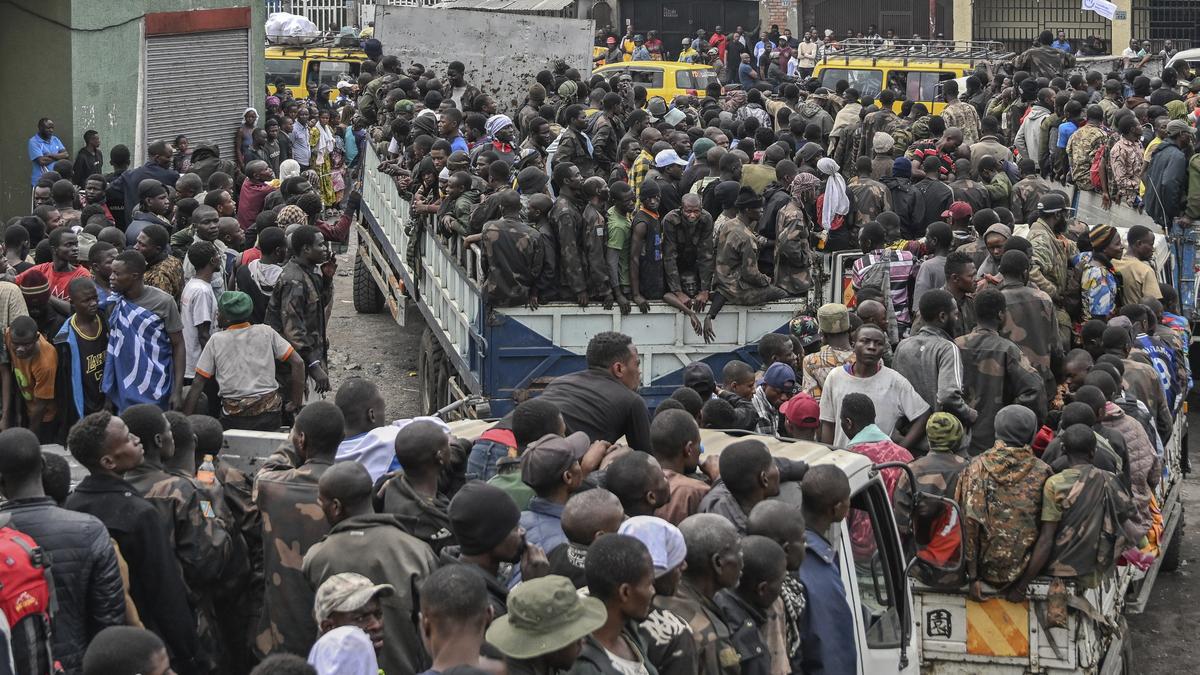
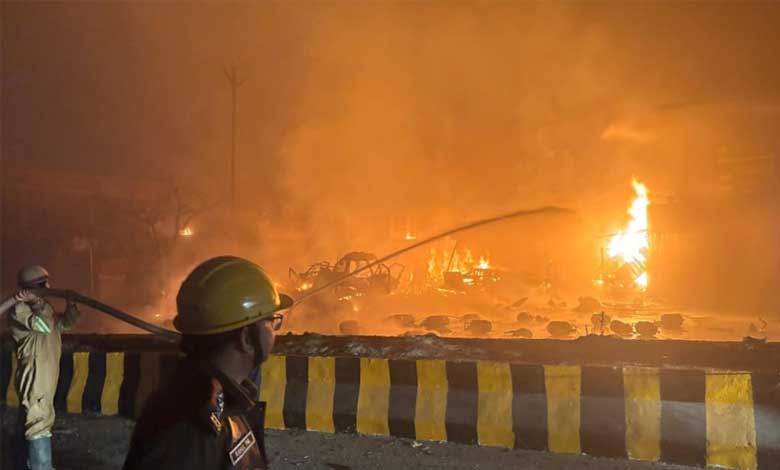












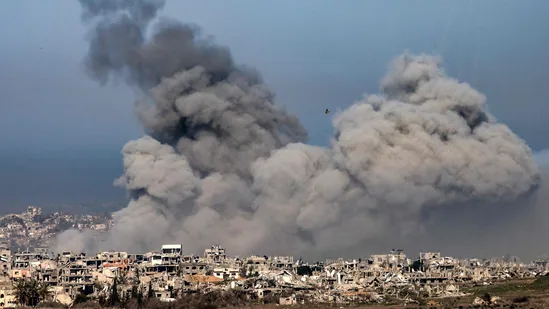
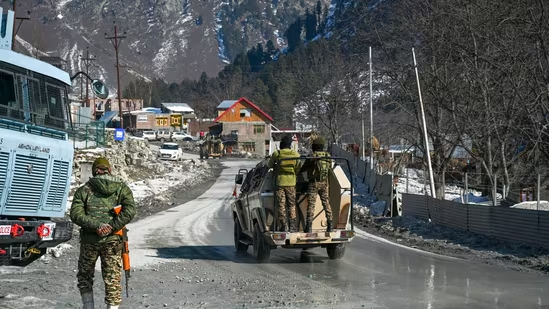



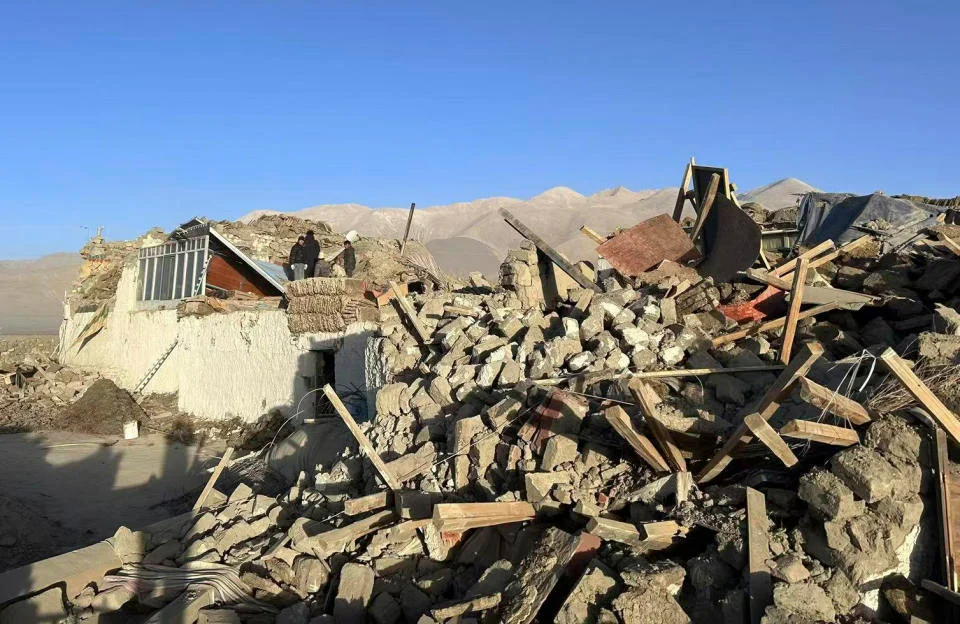



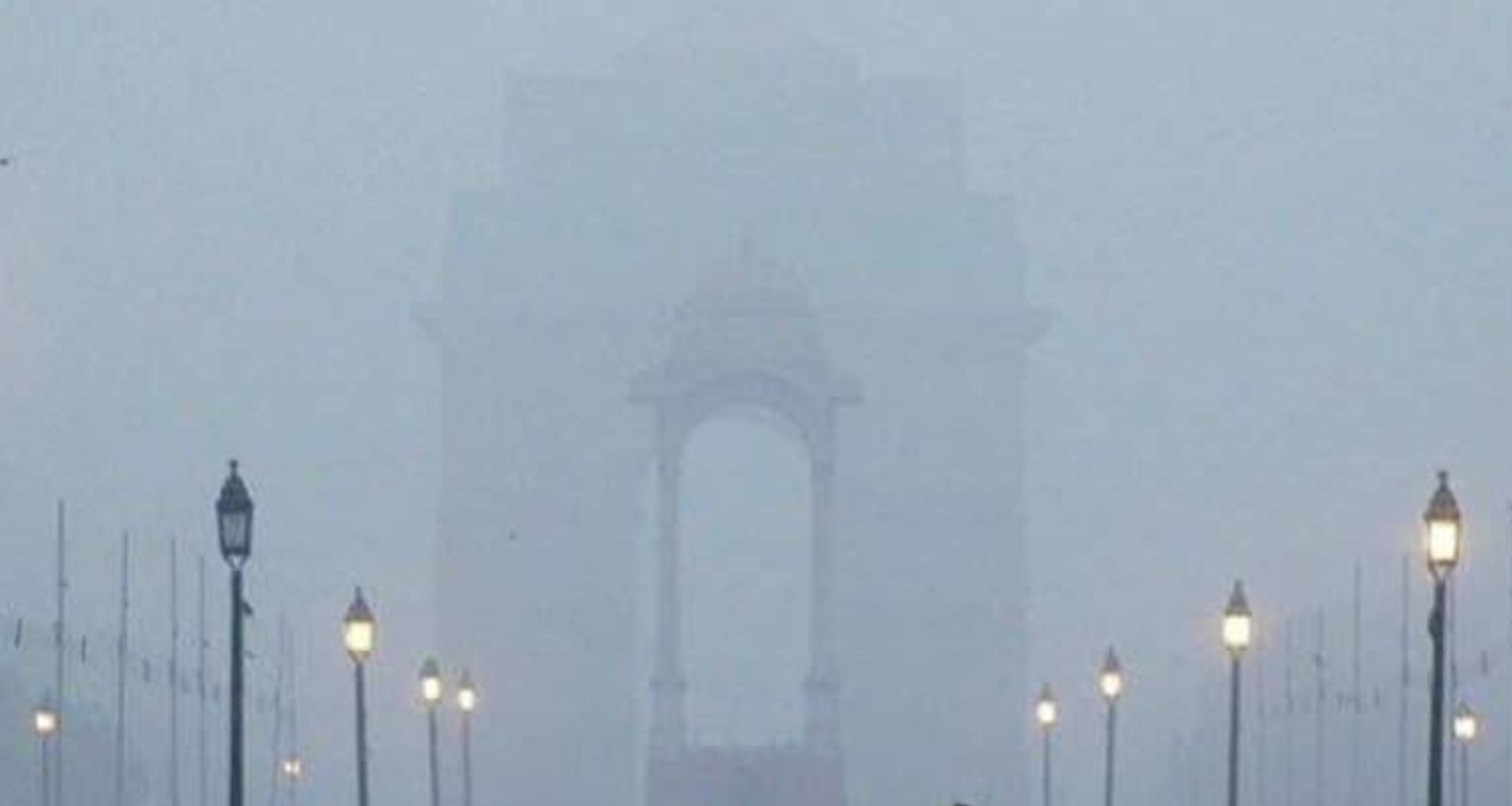
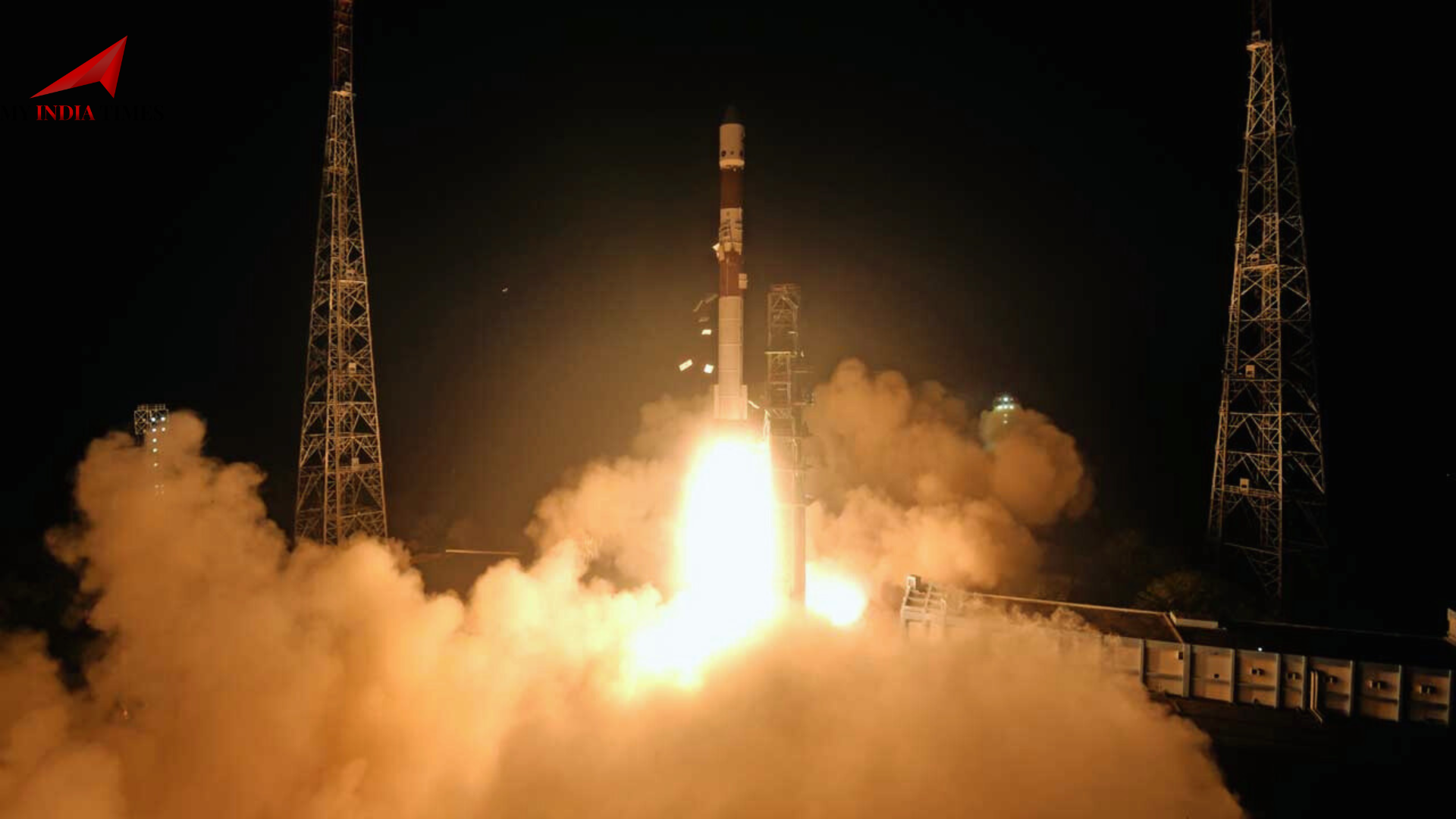



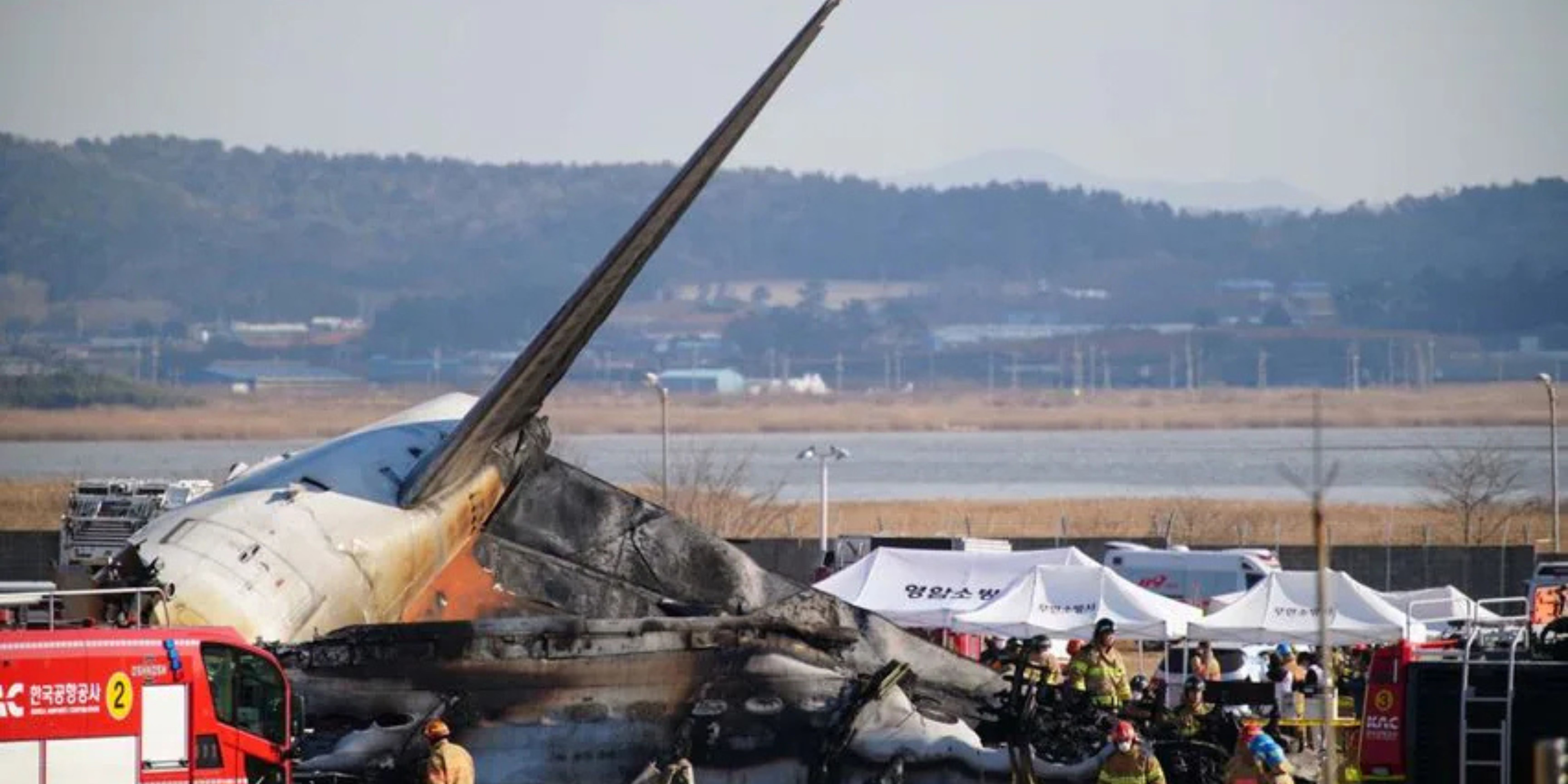

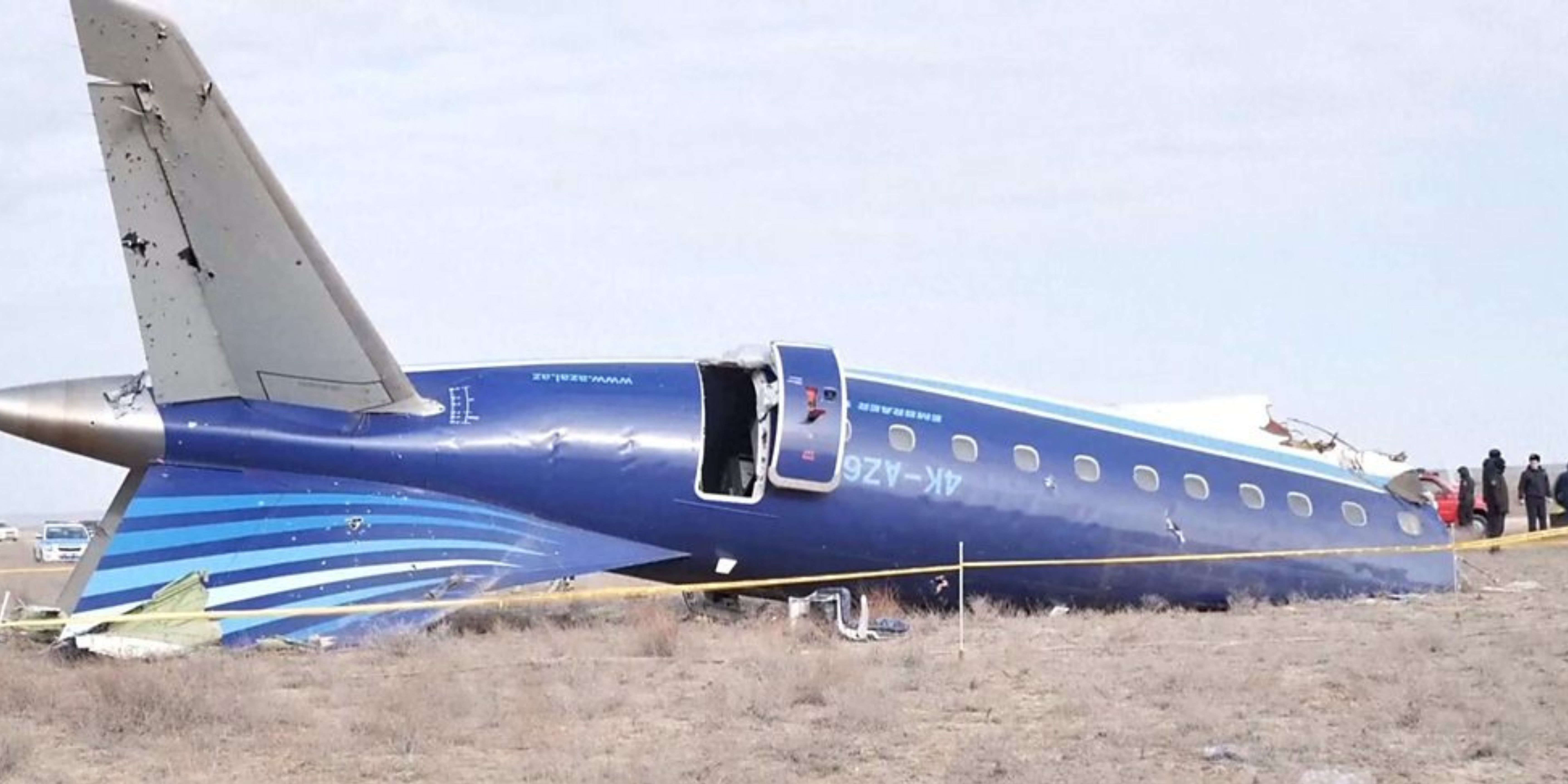










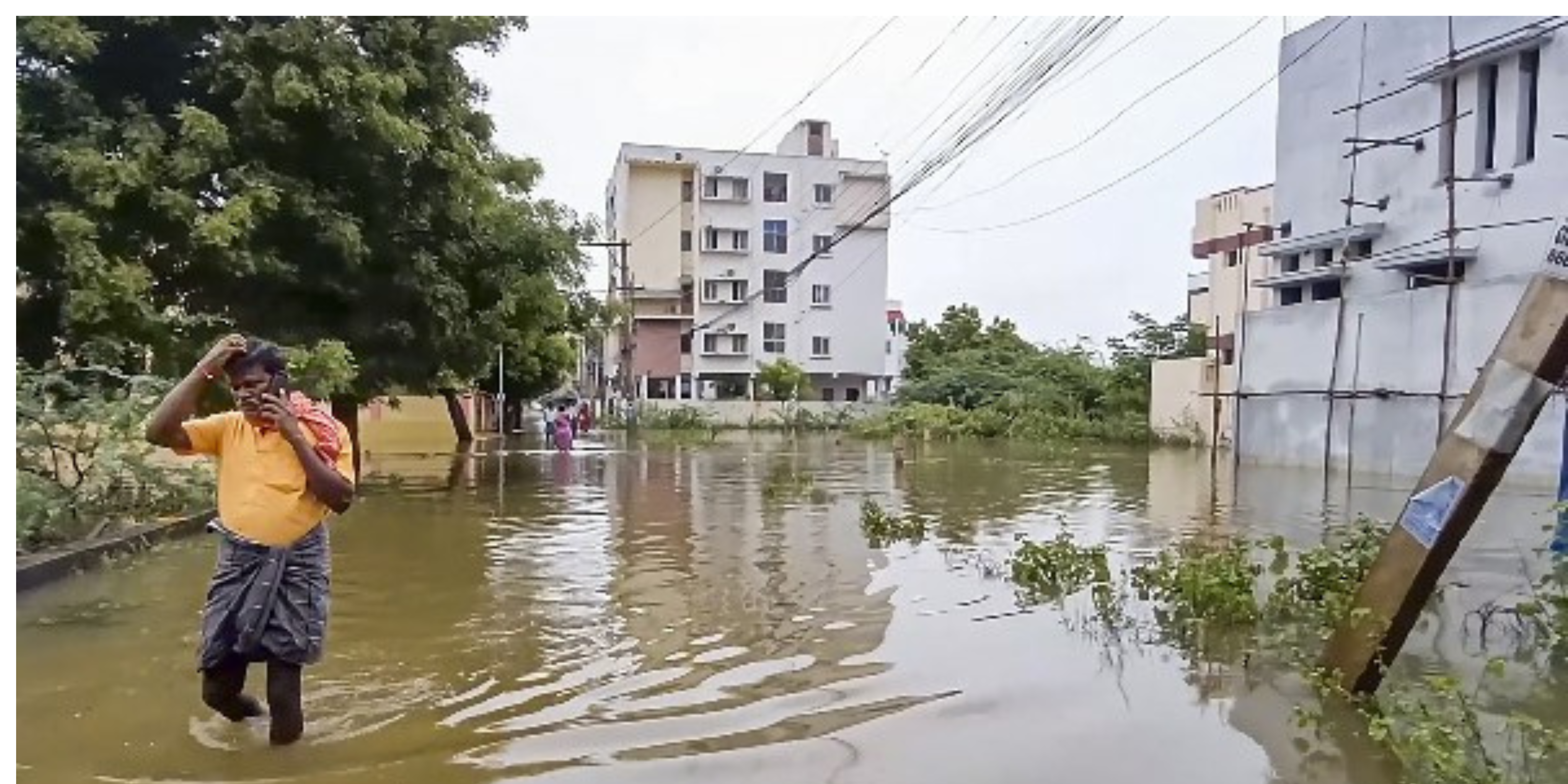

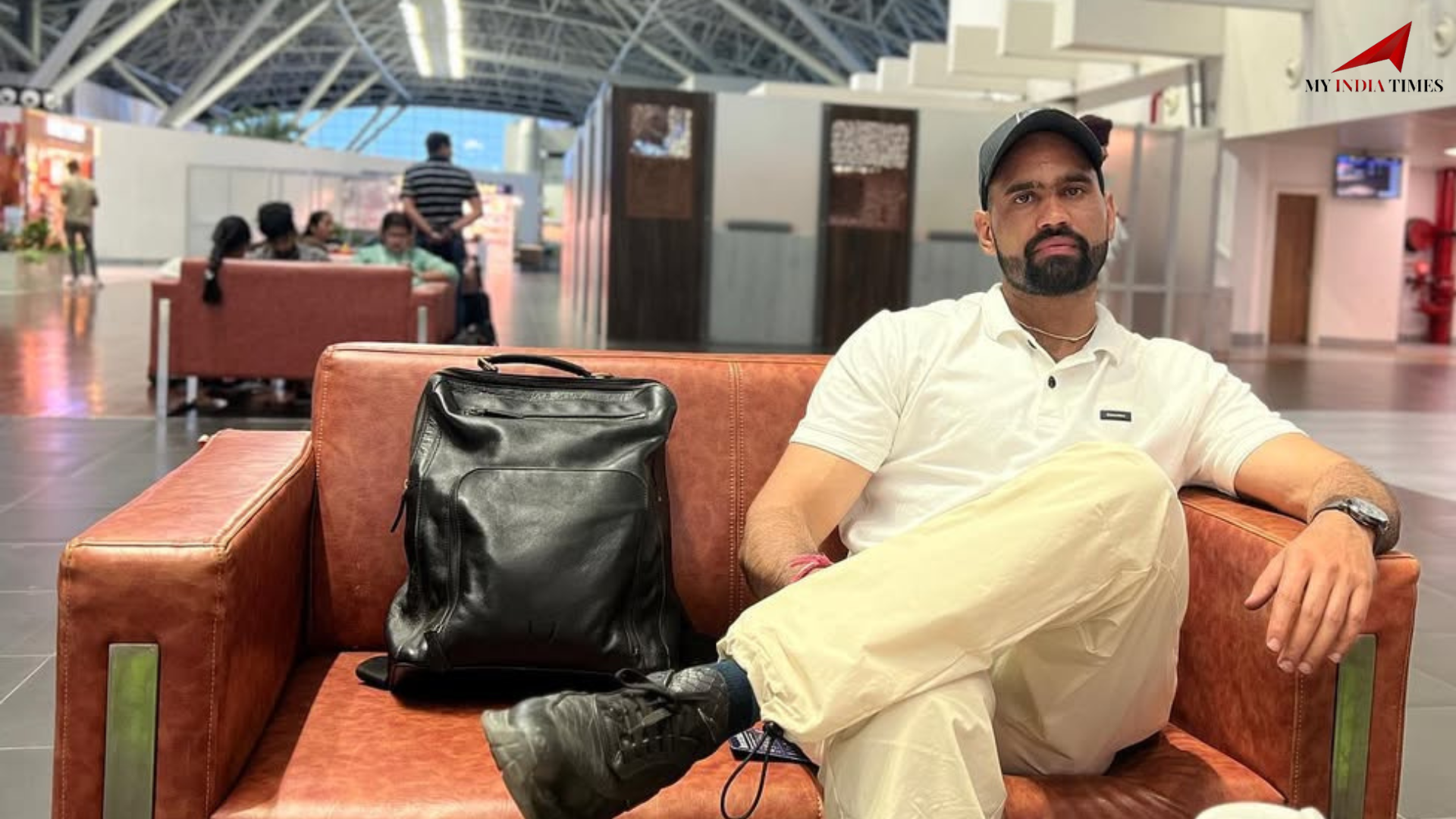
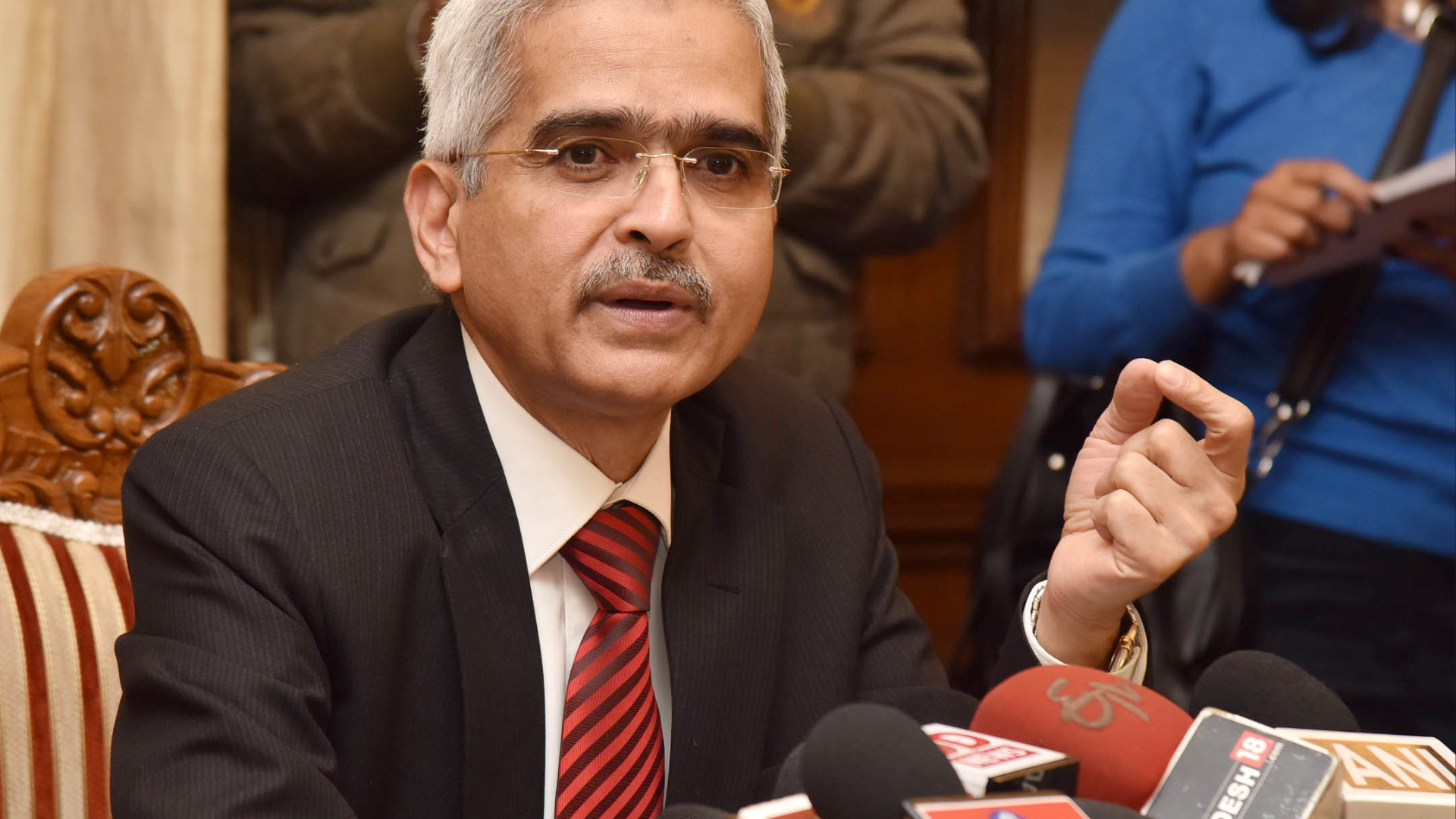



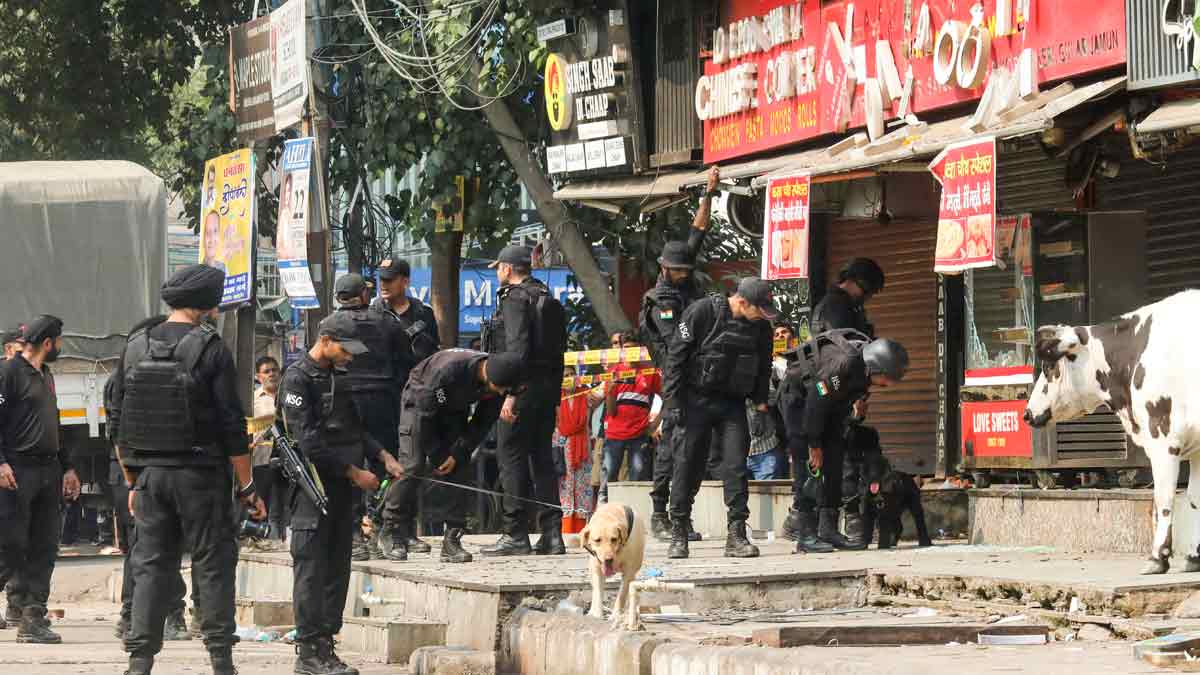



.png)
 (1).png)


